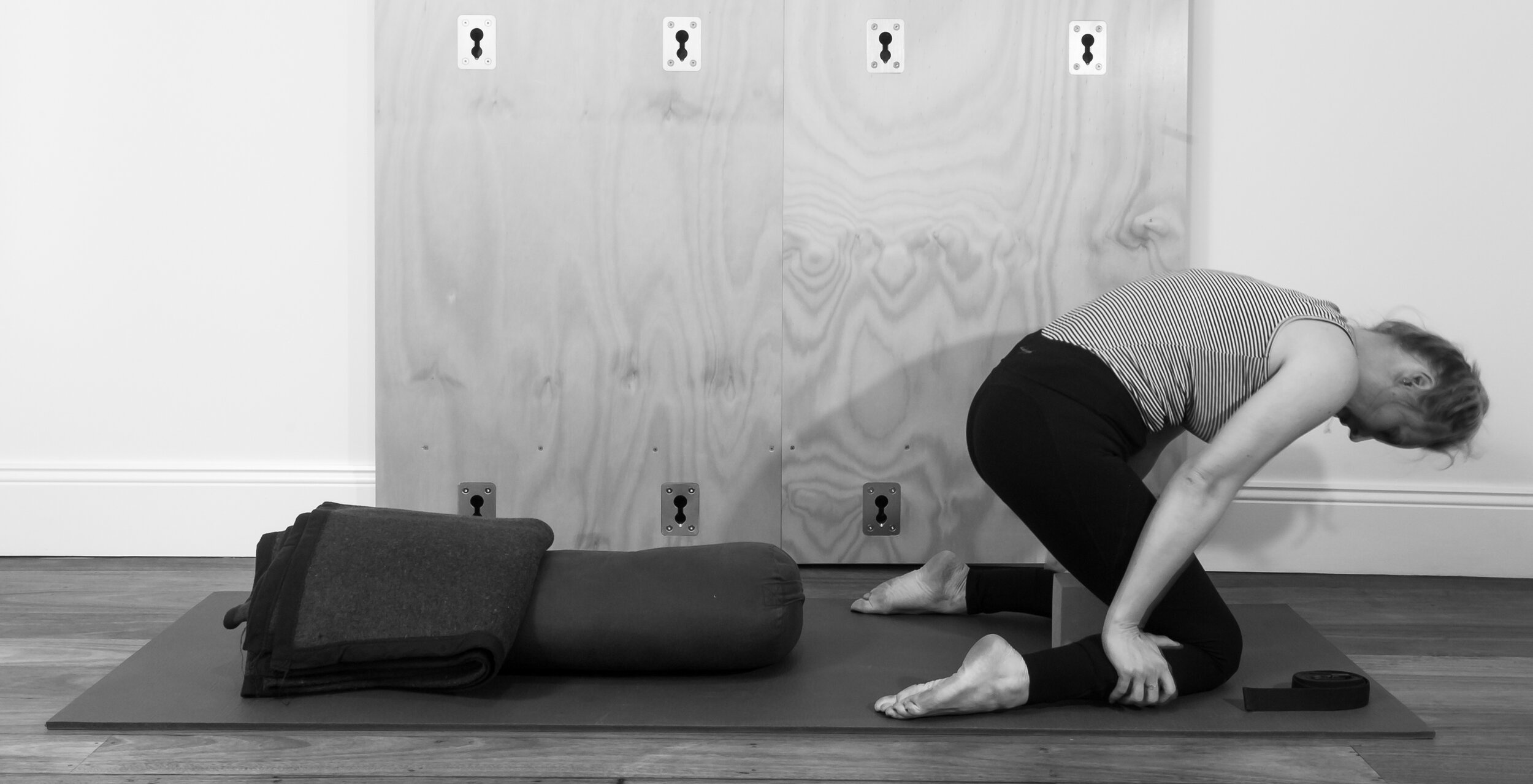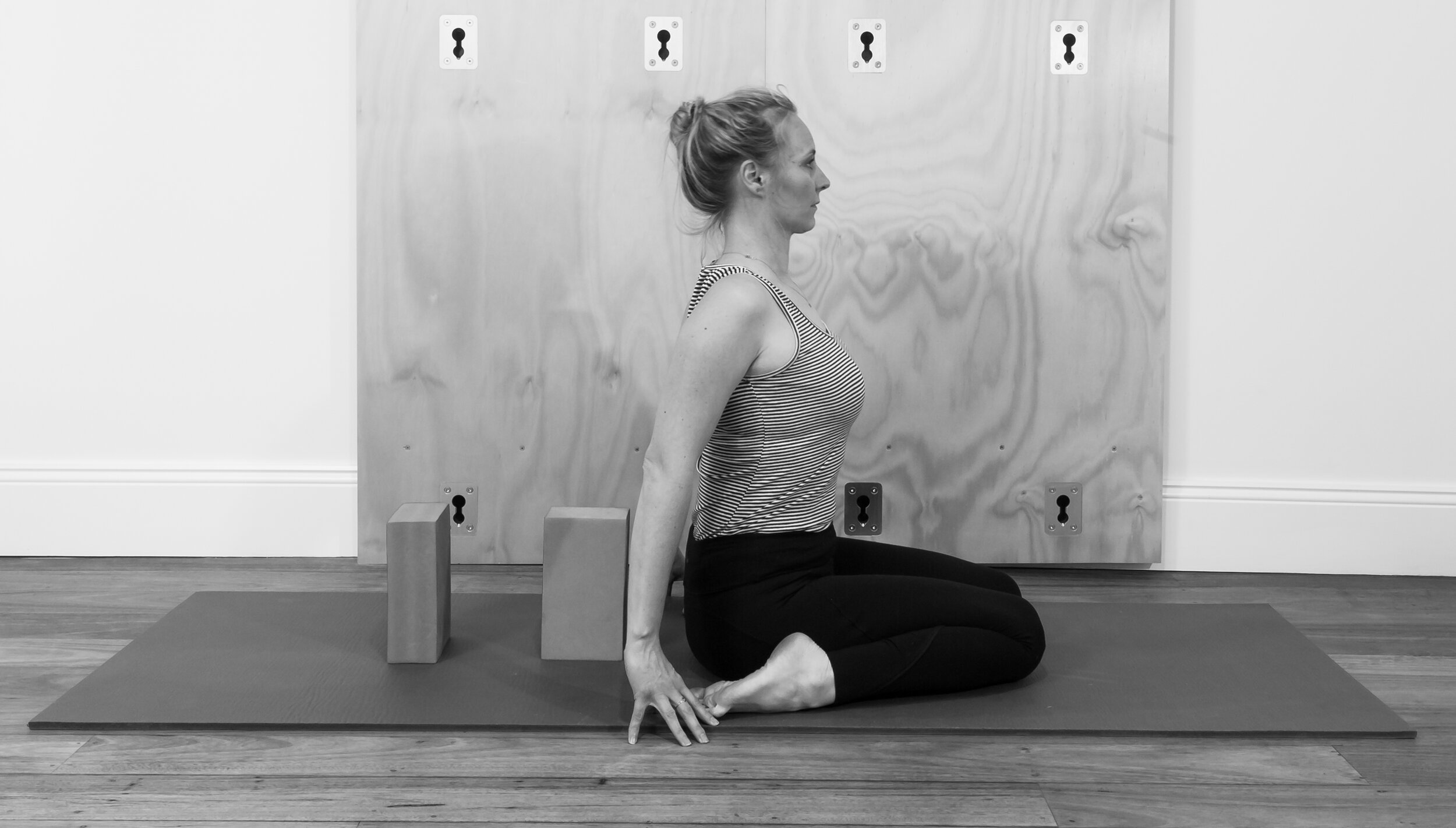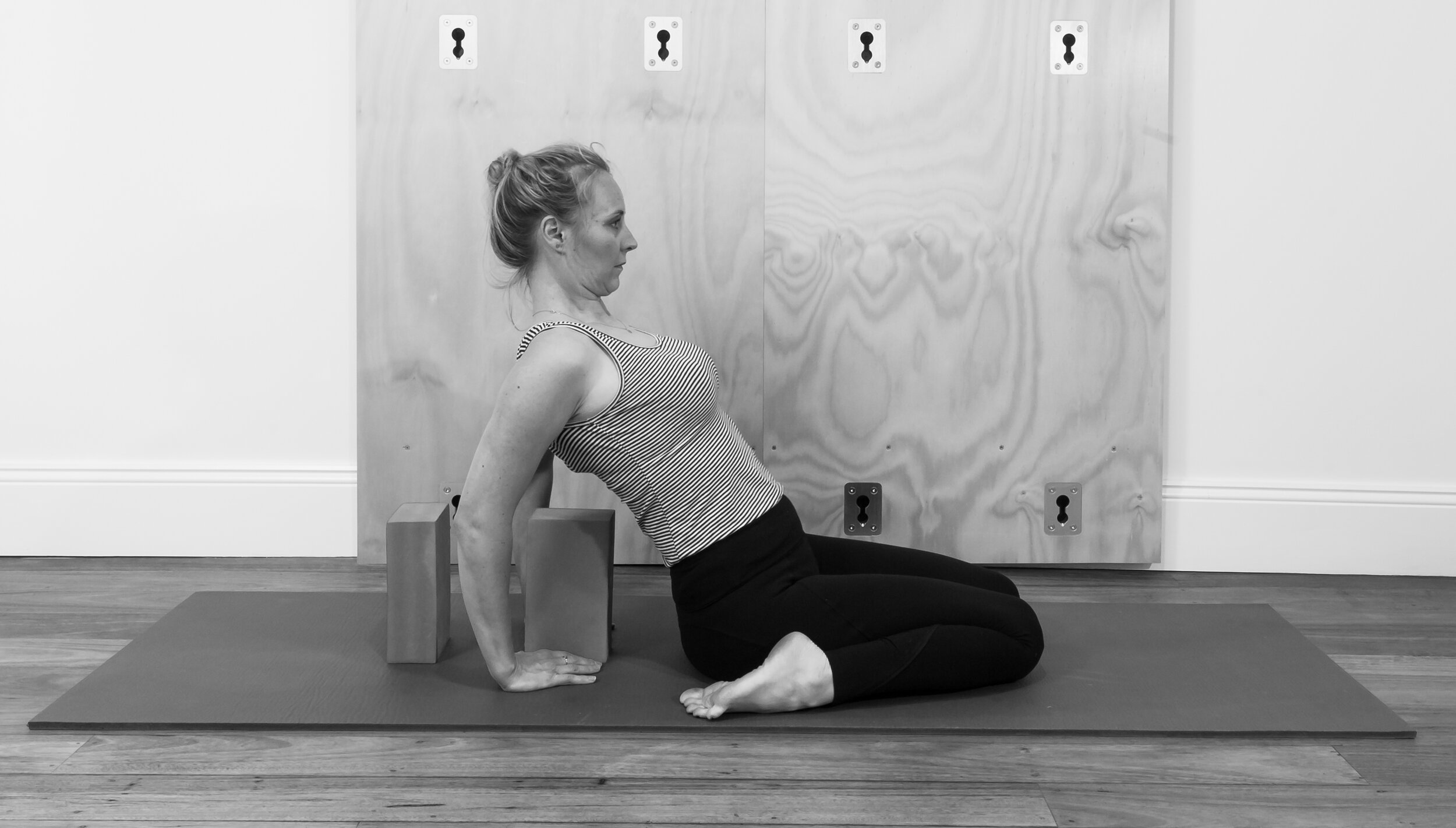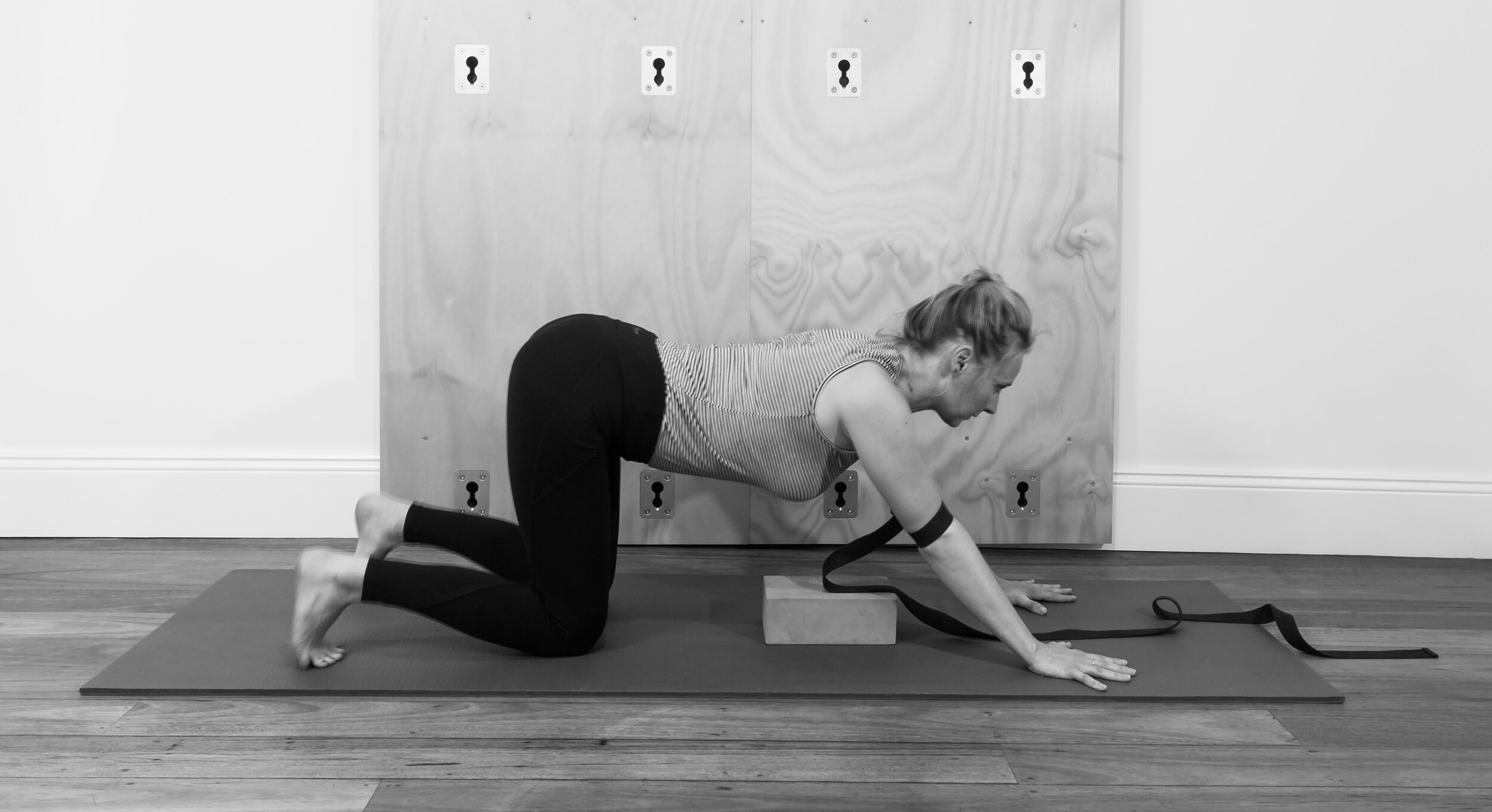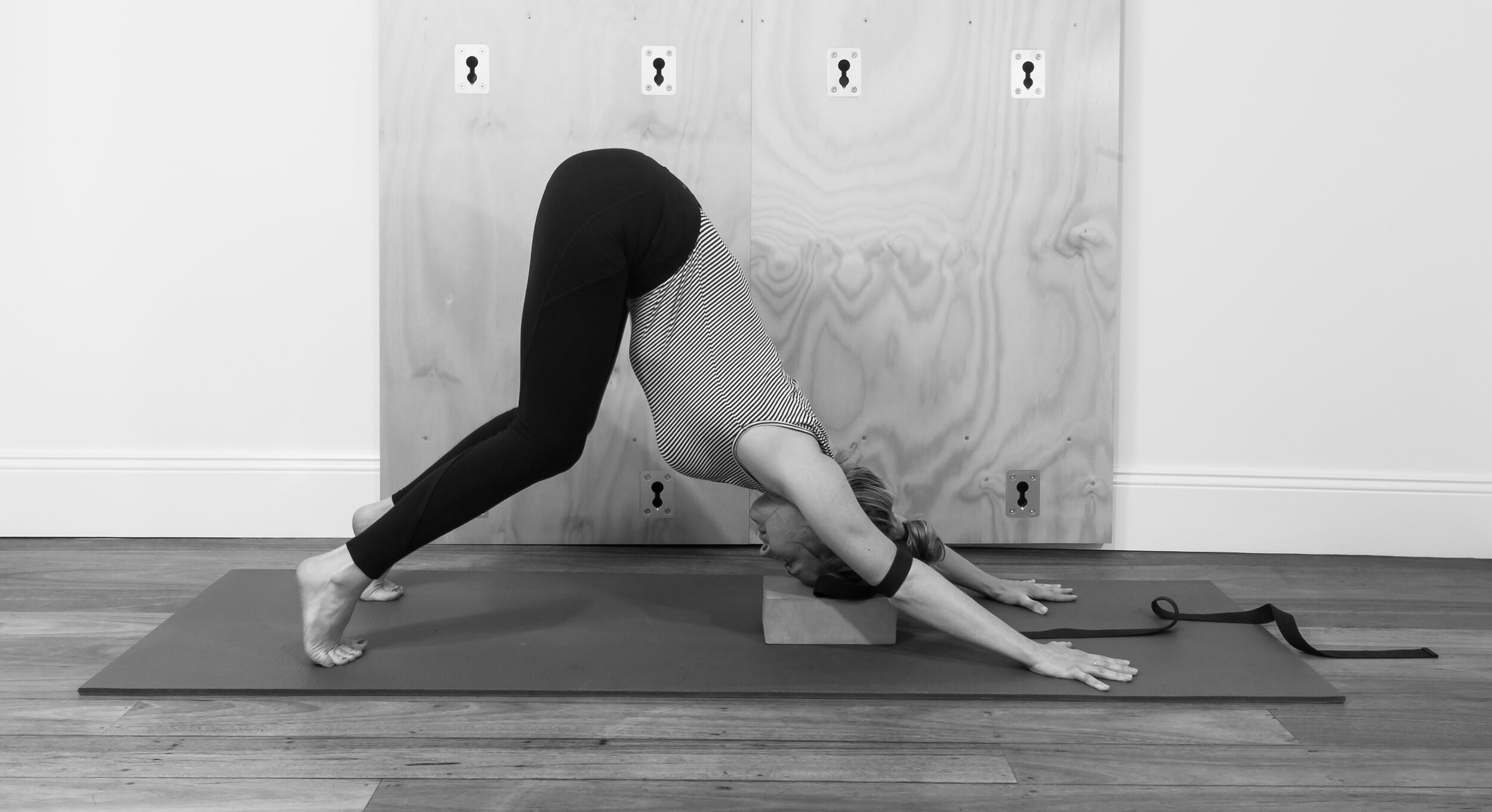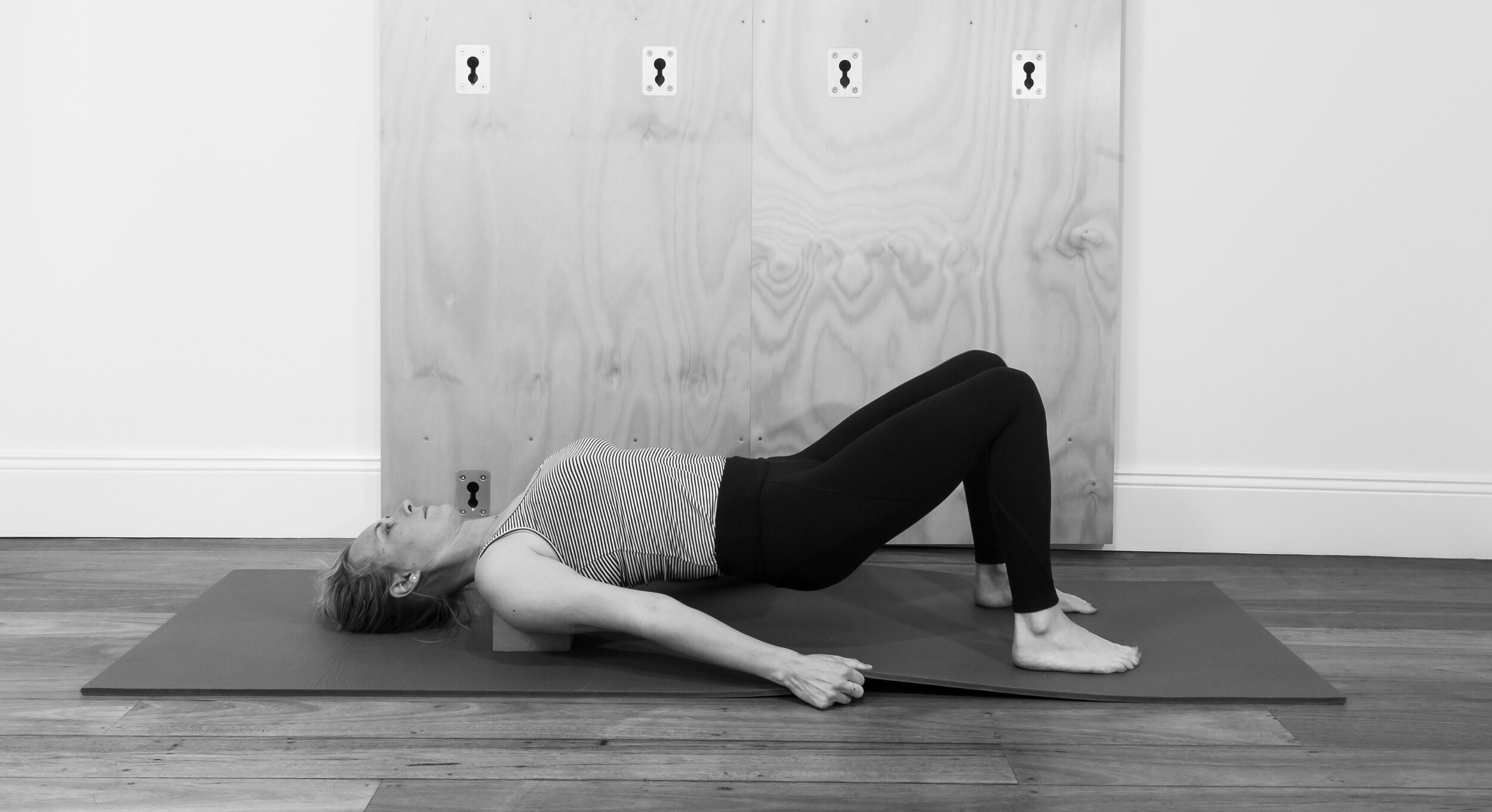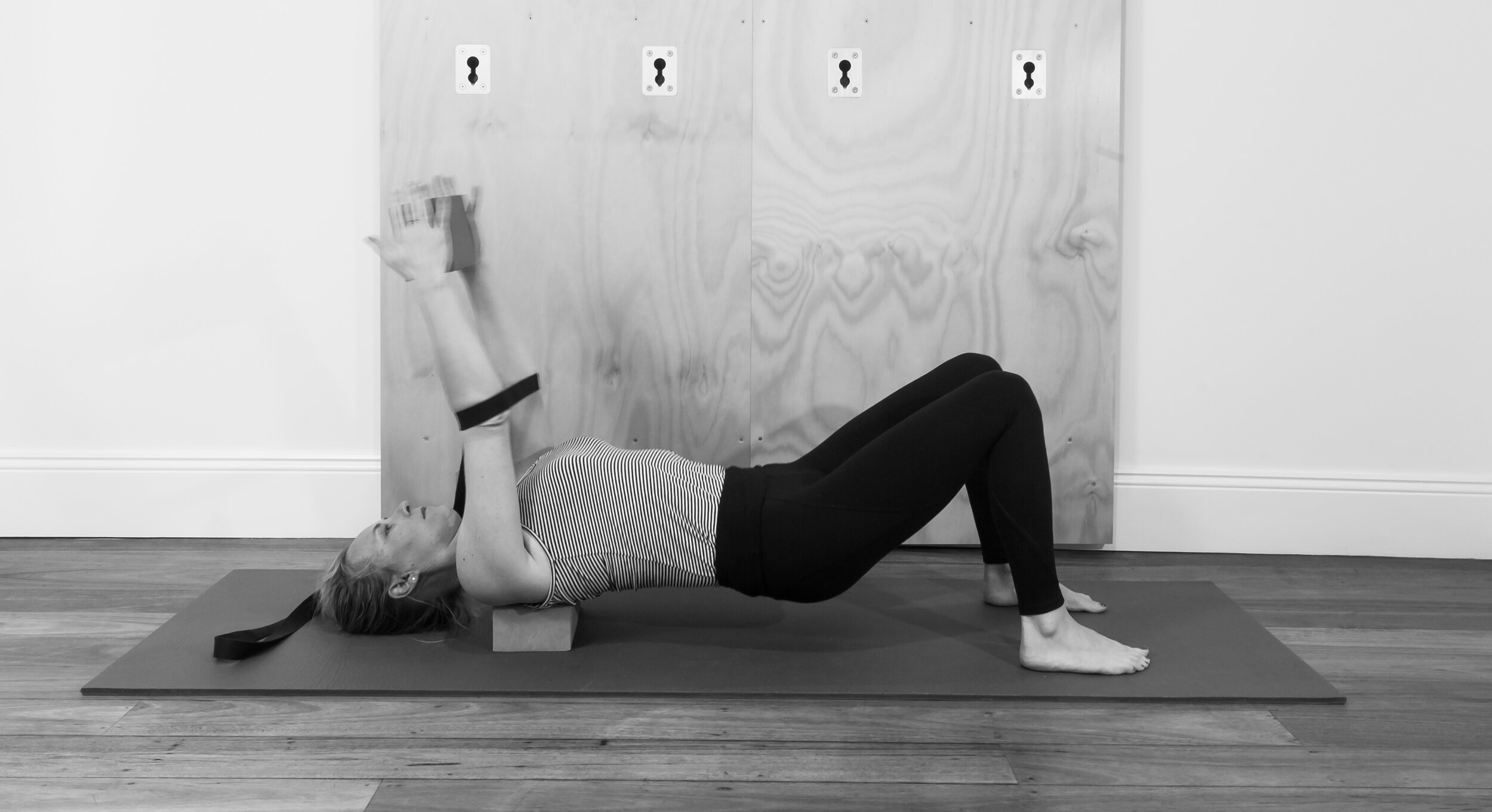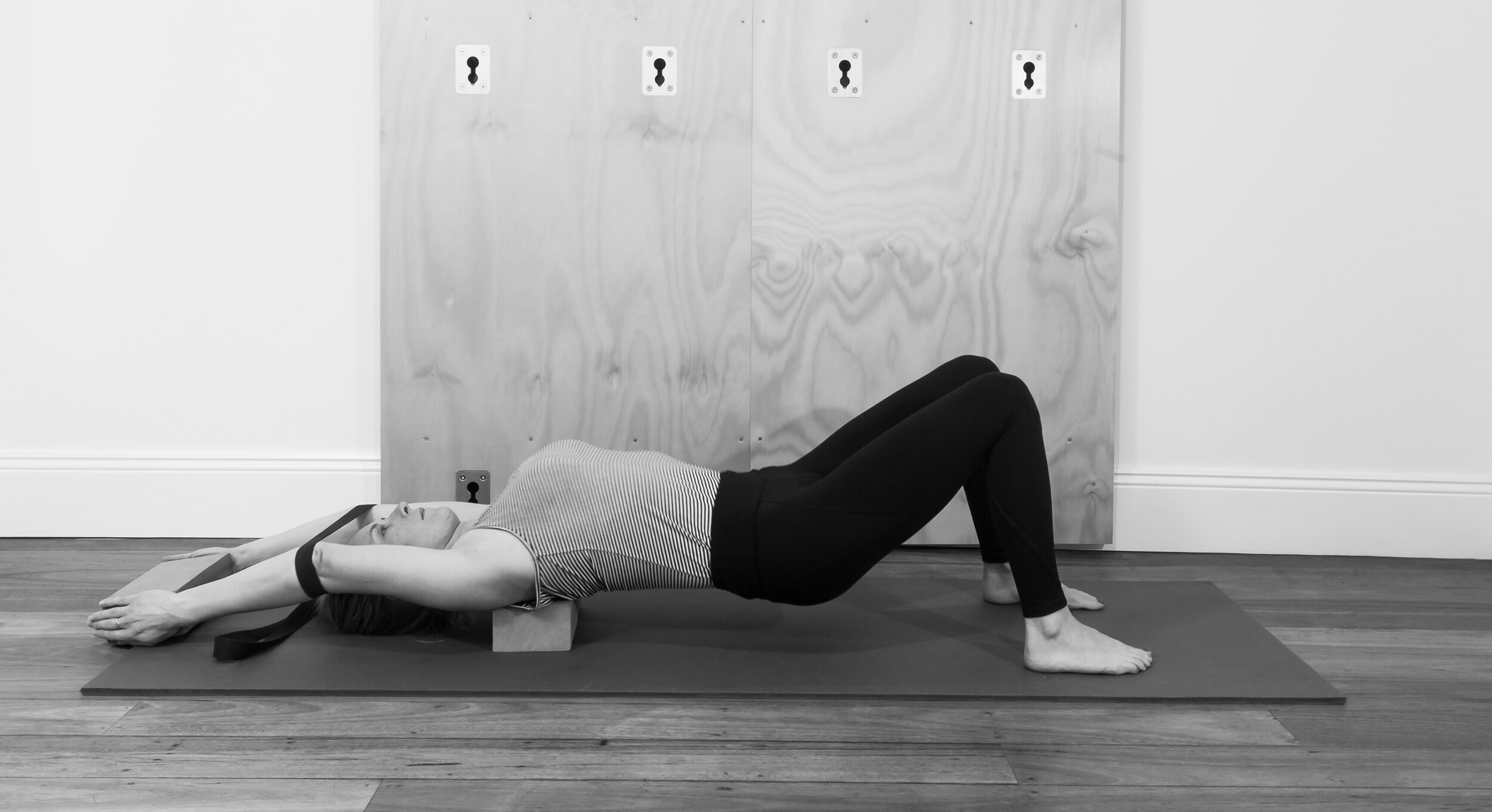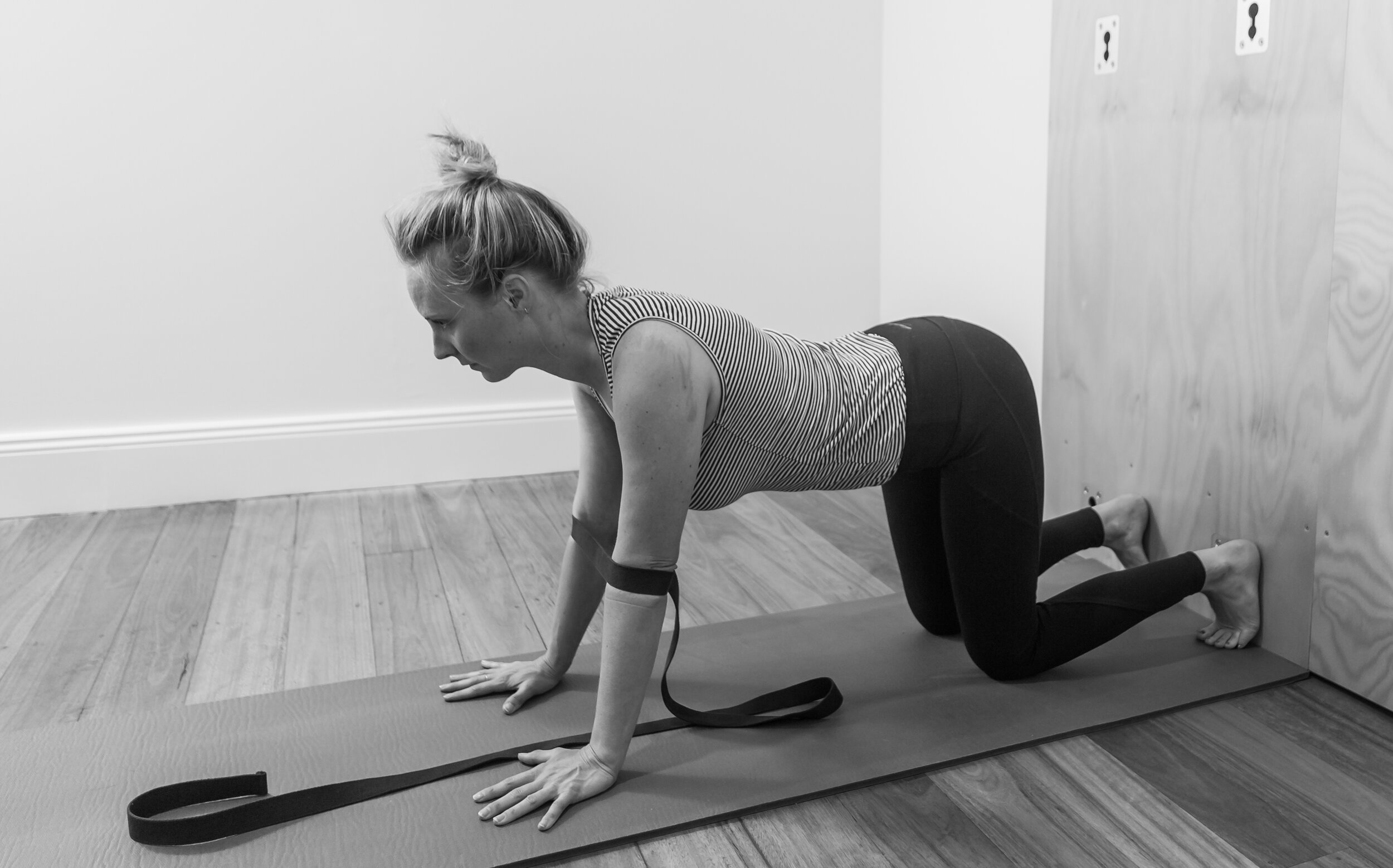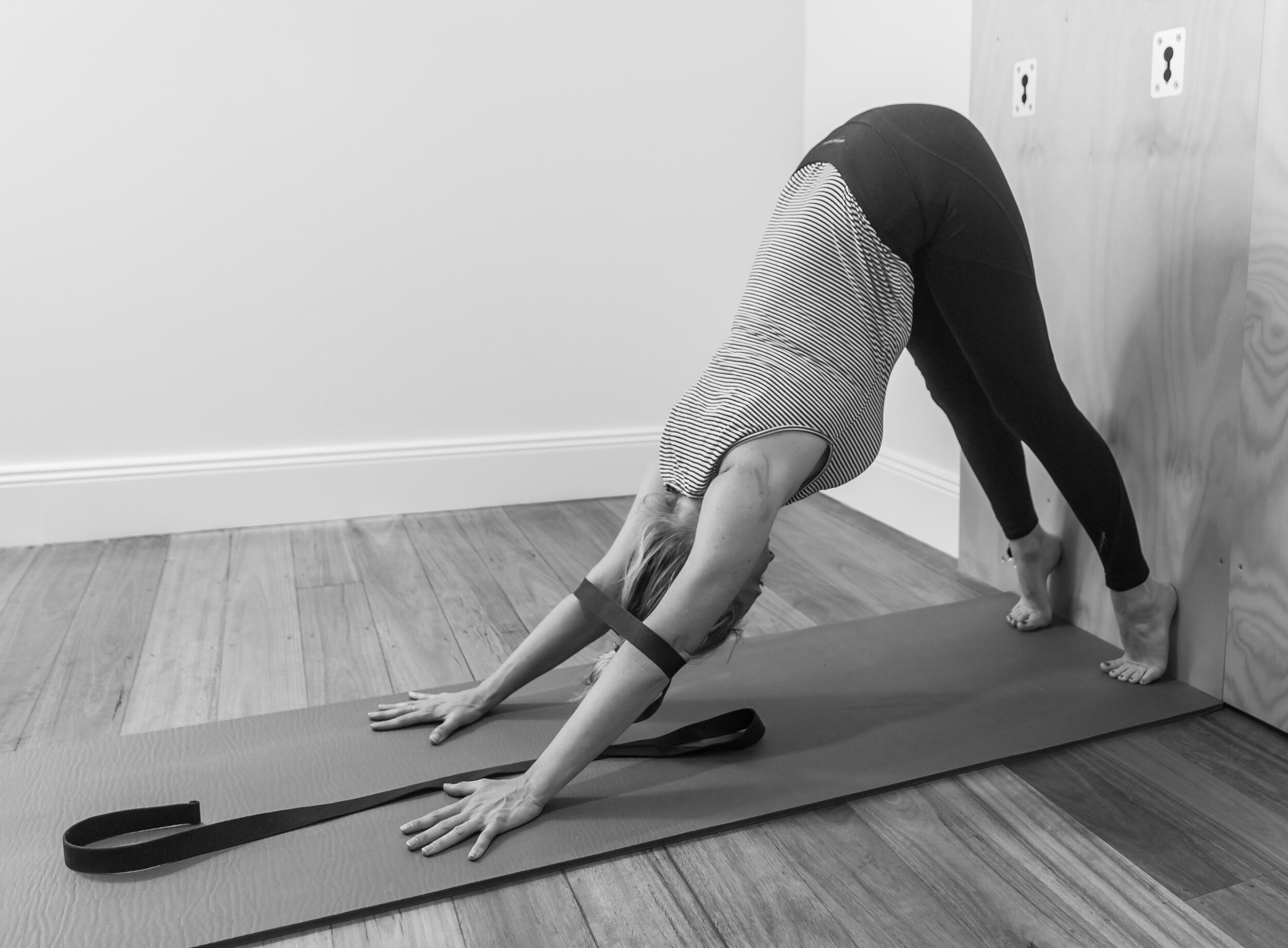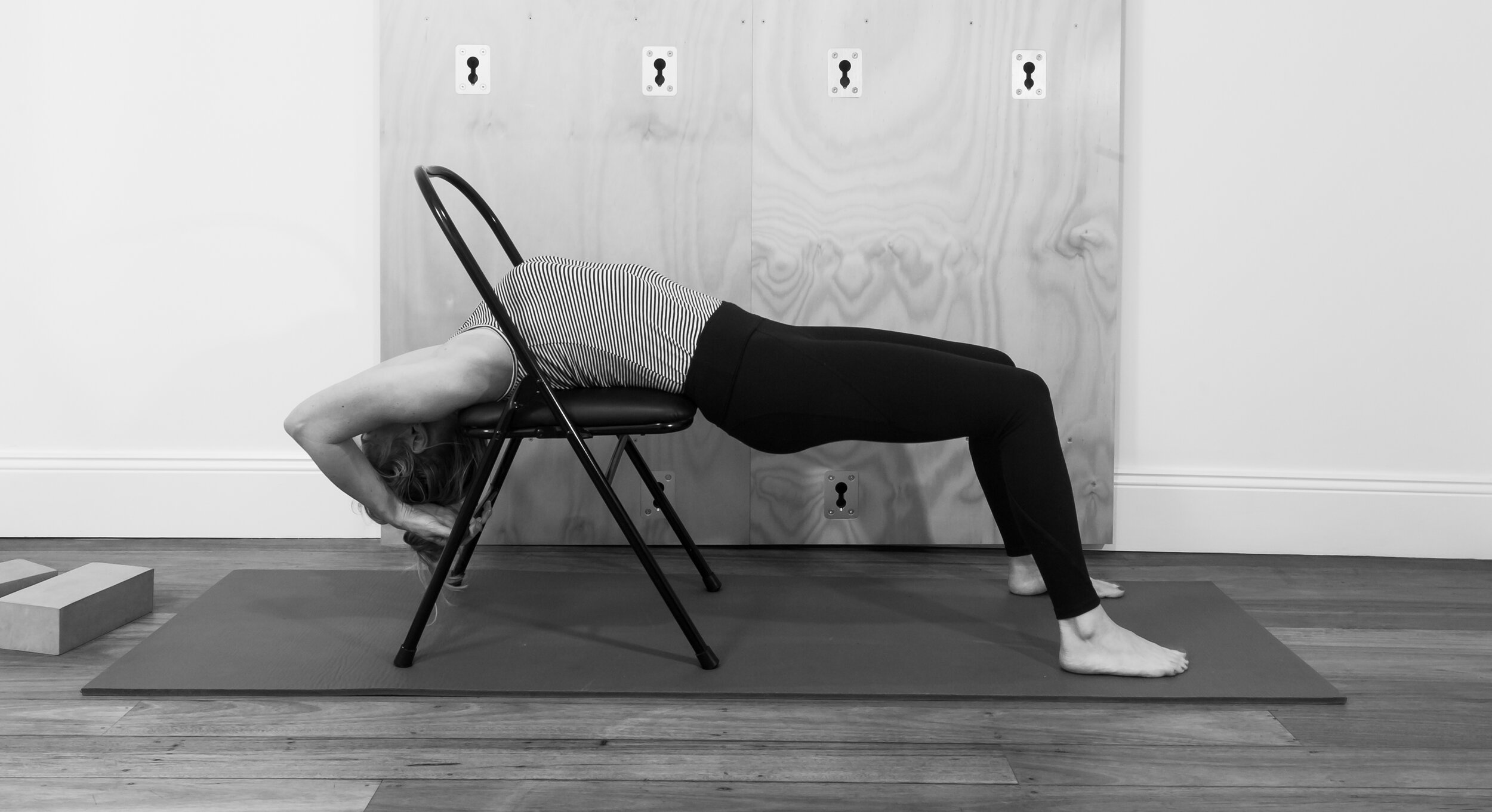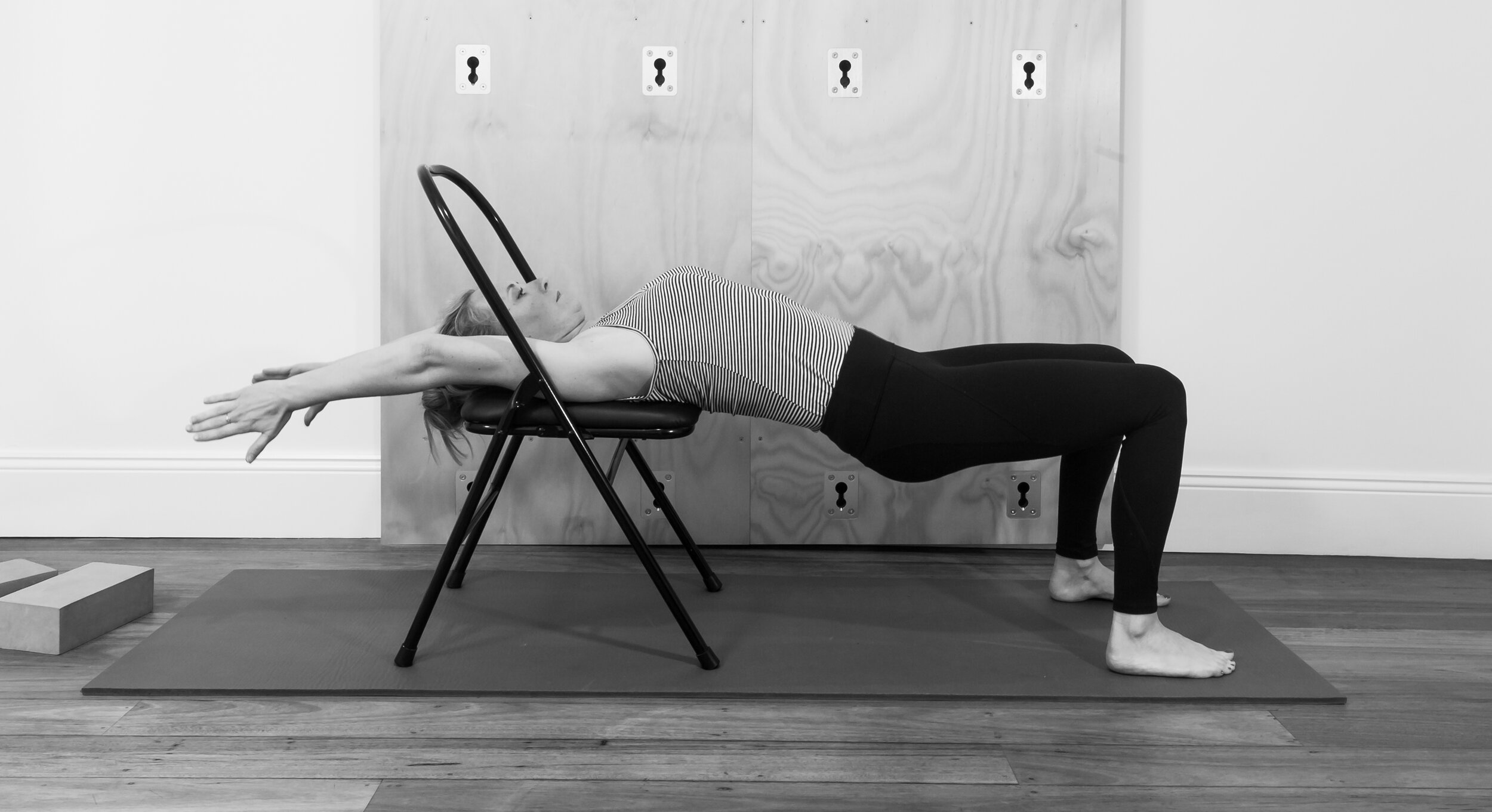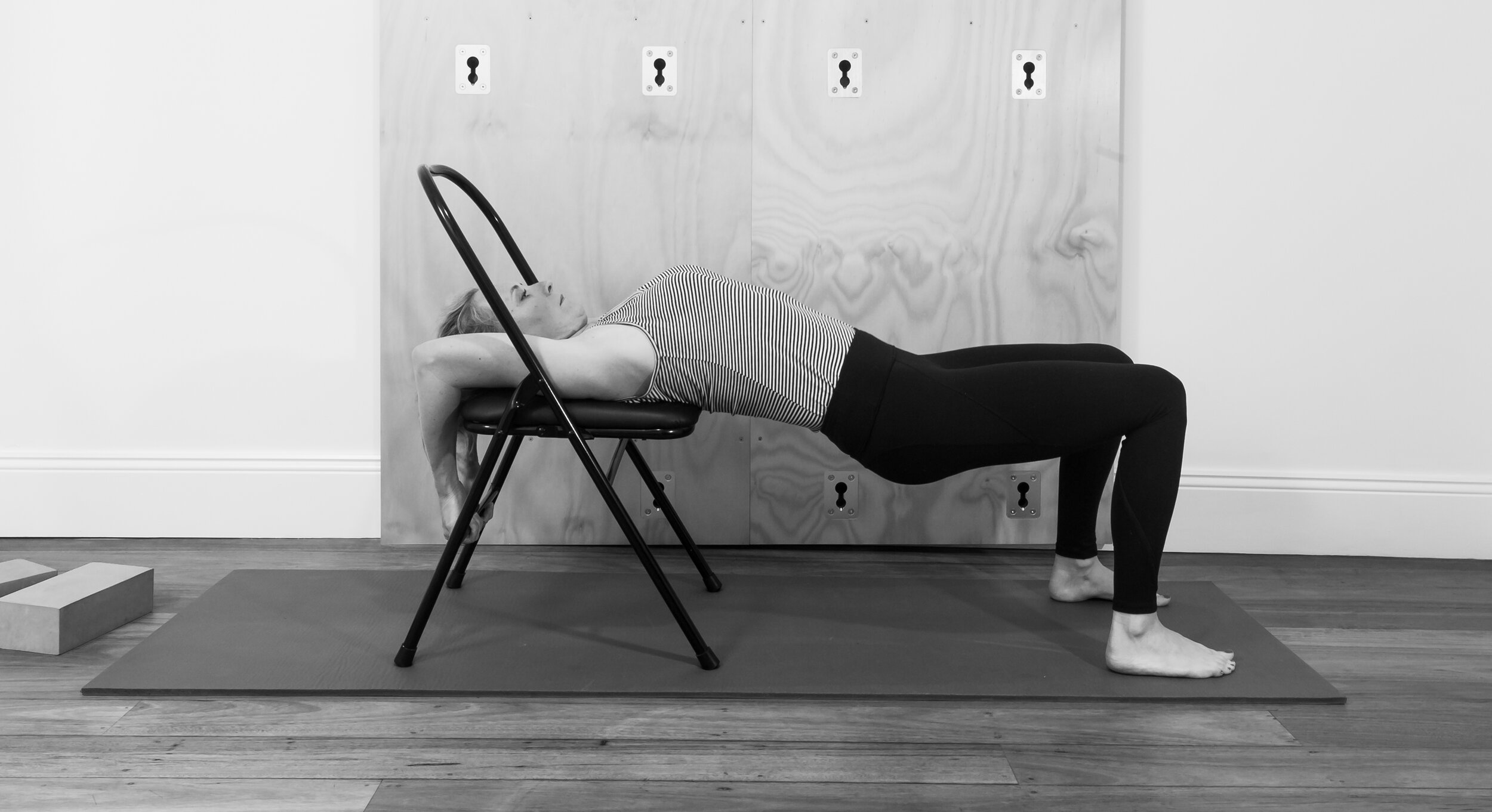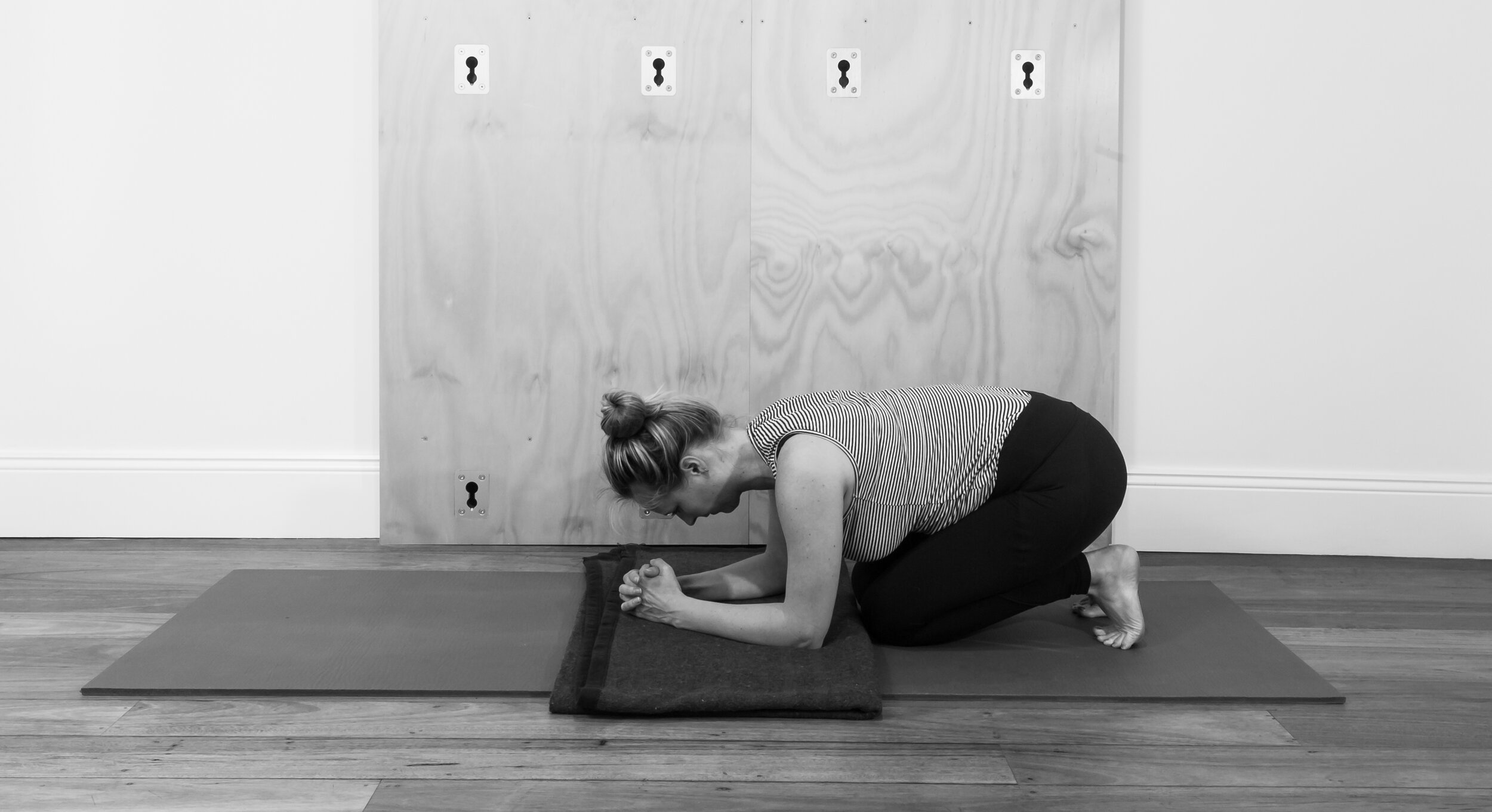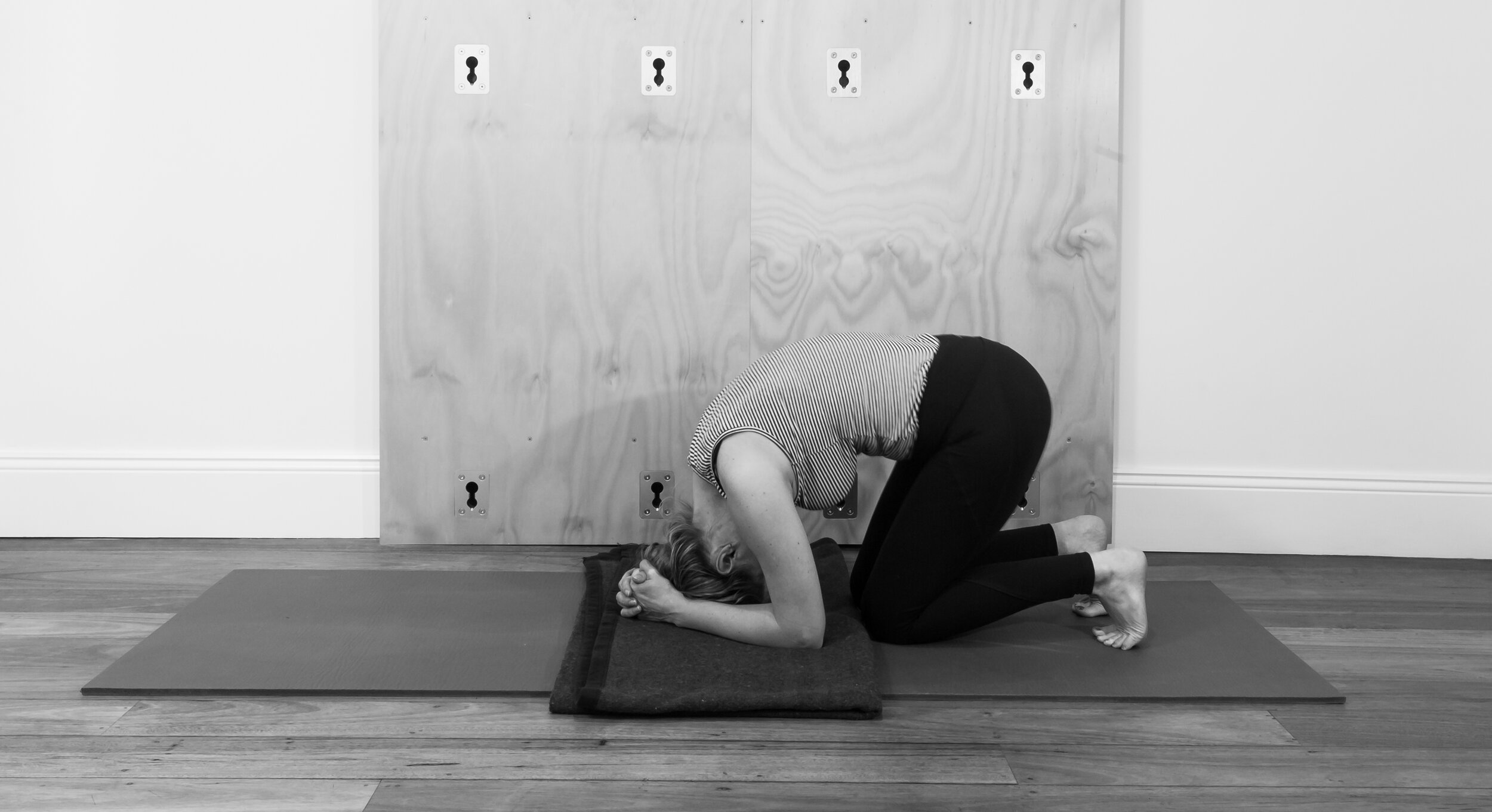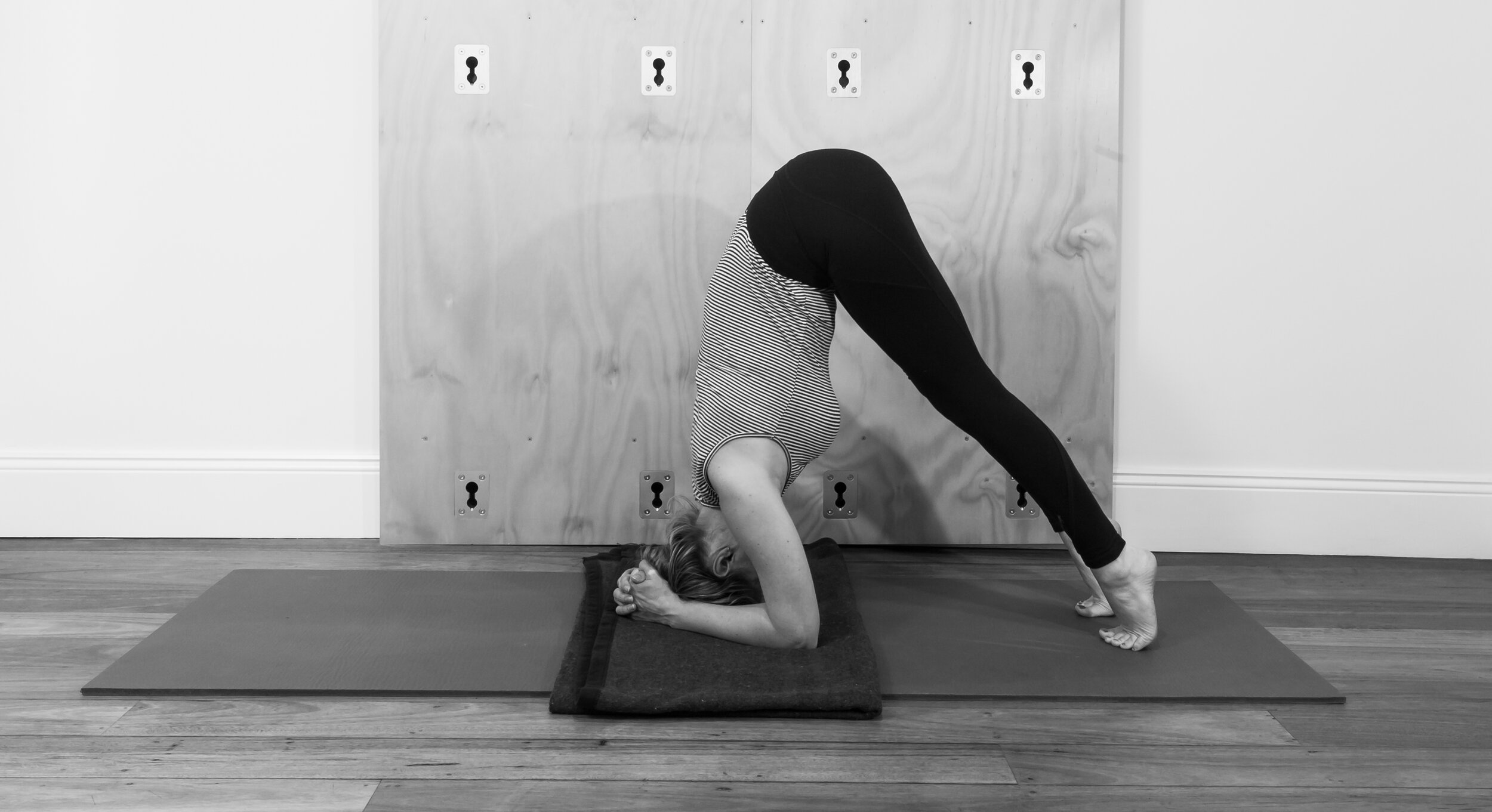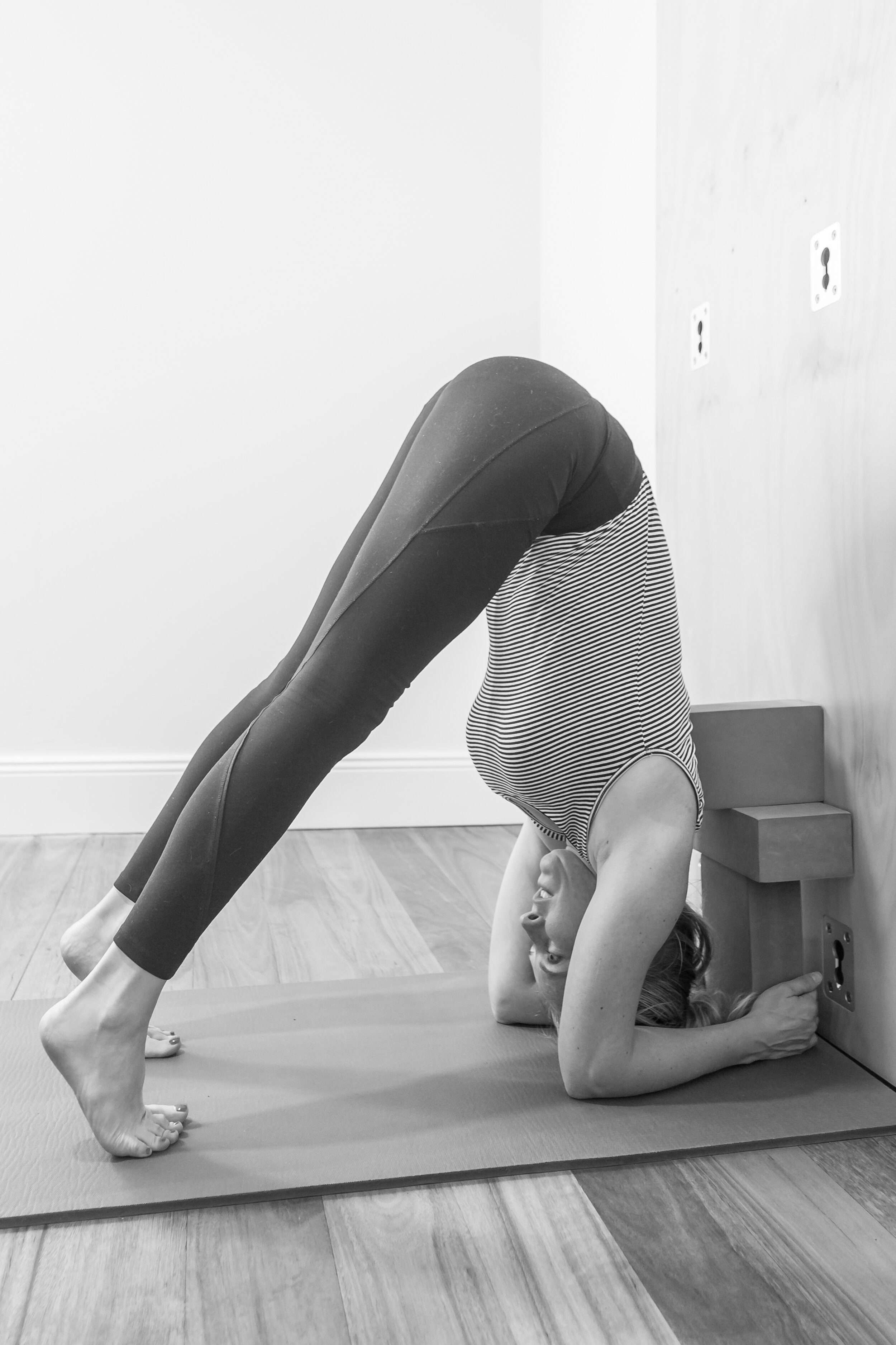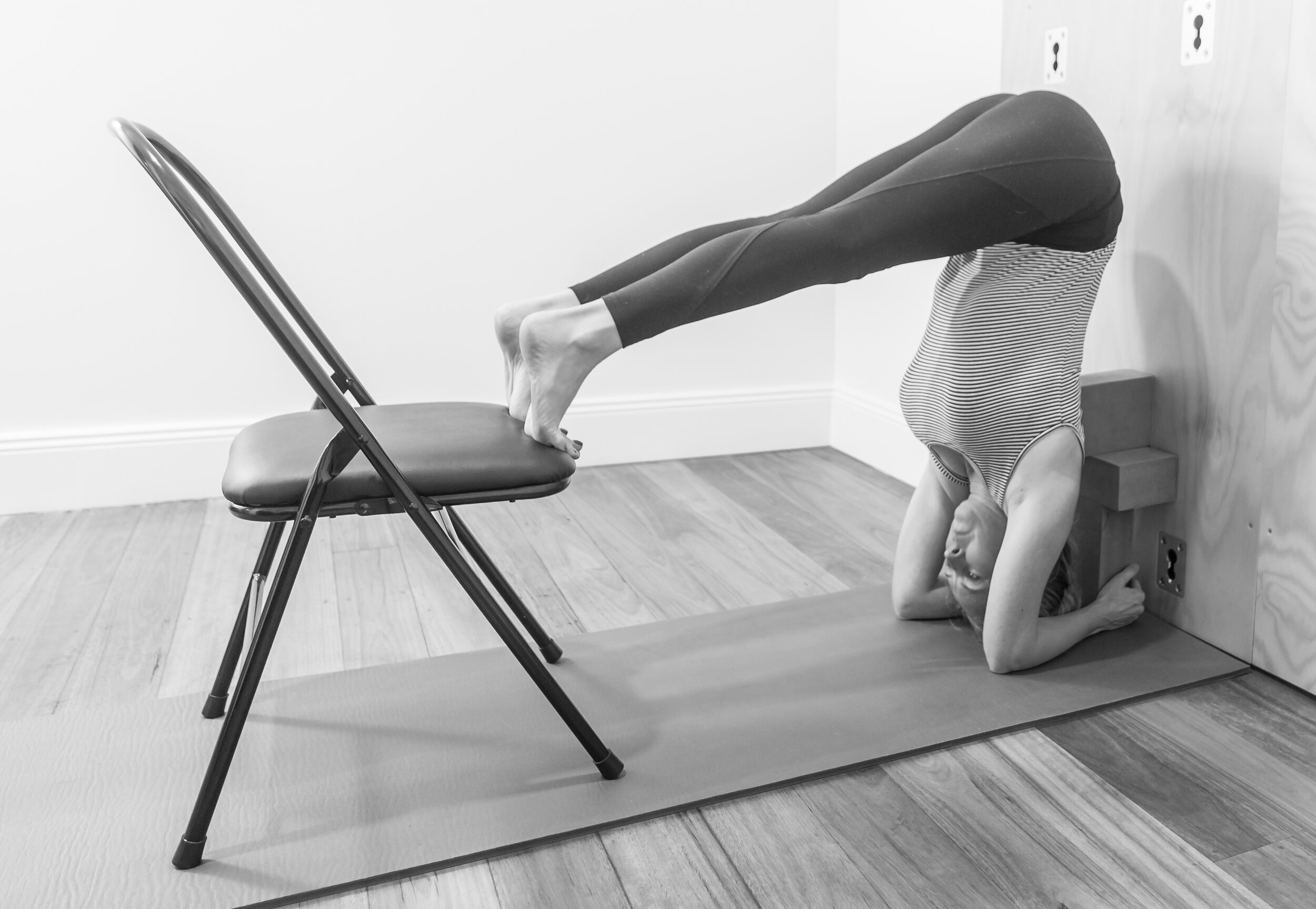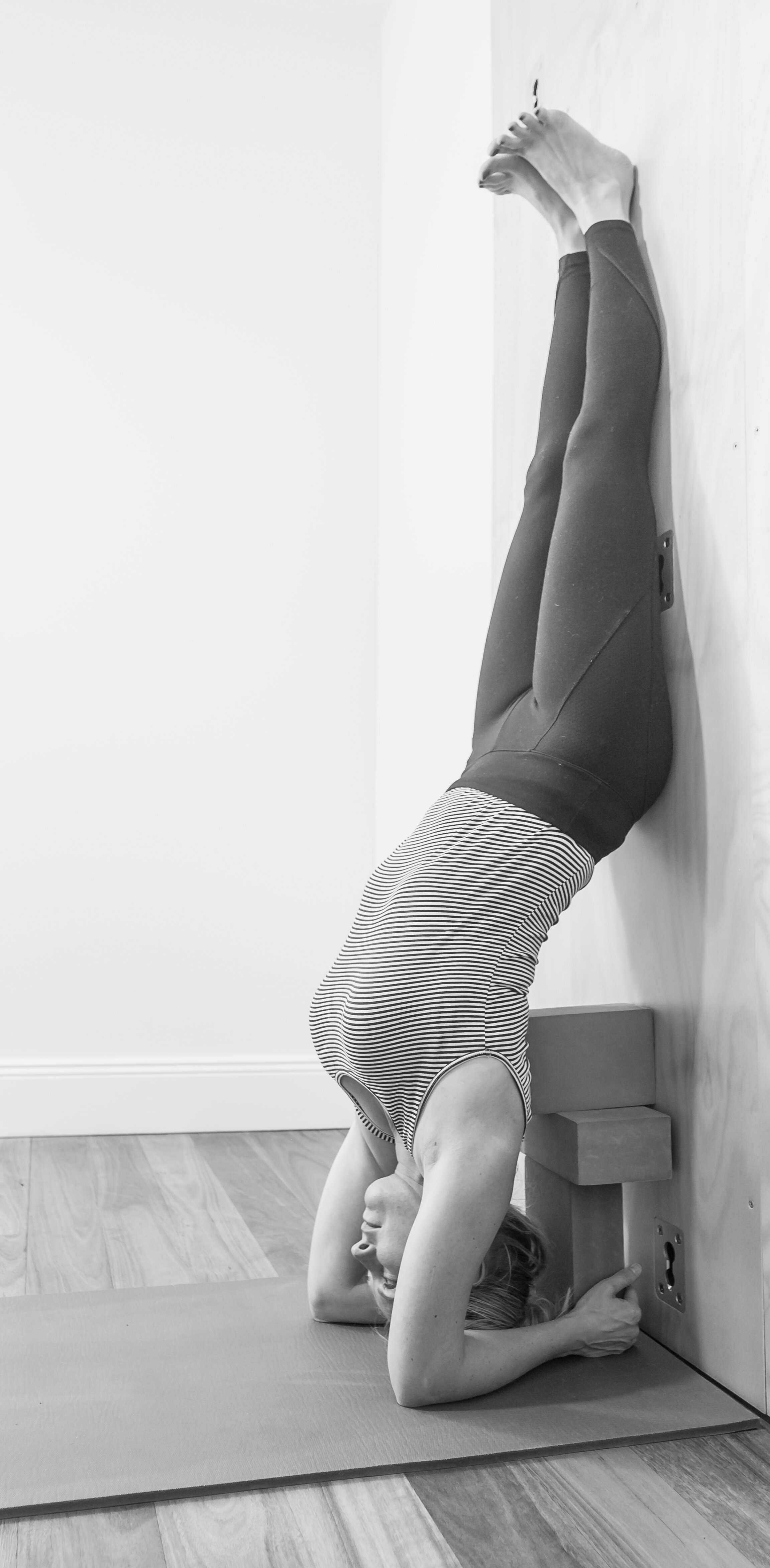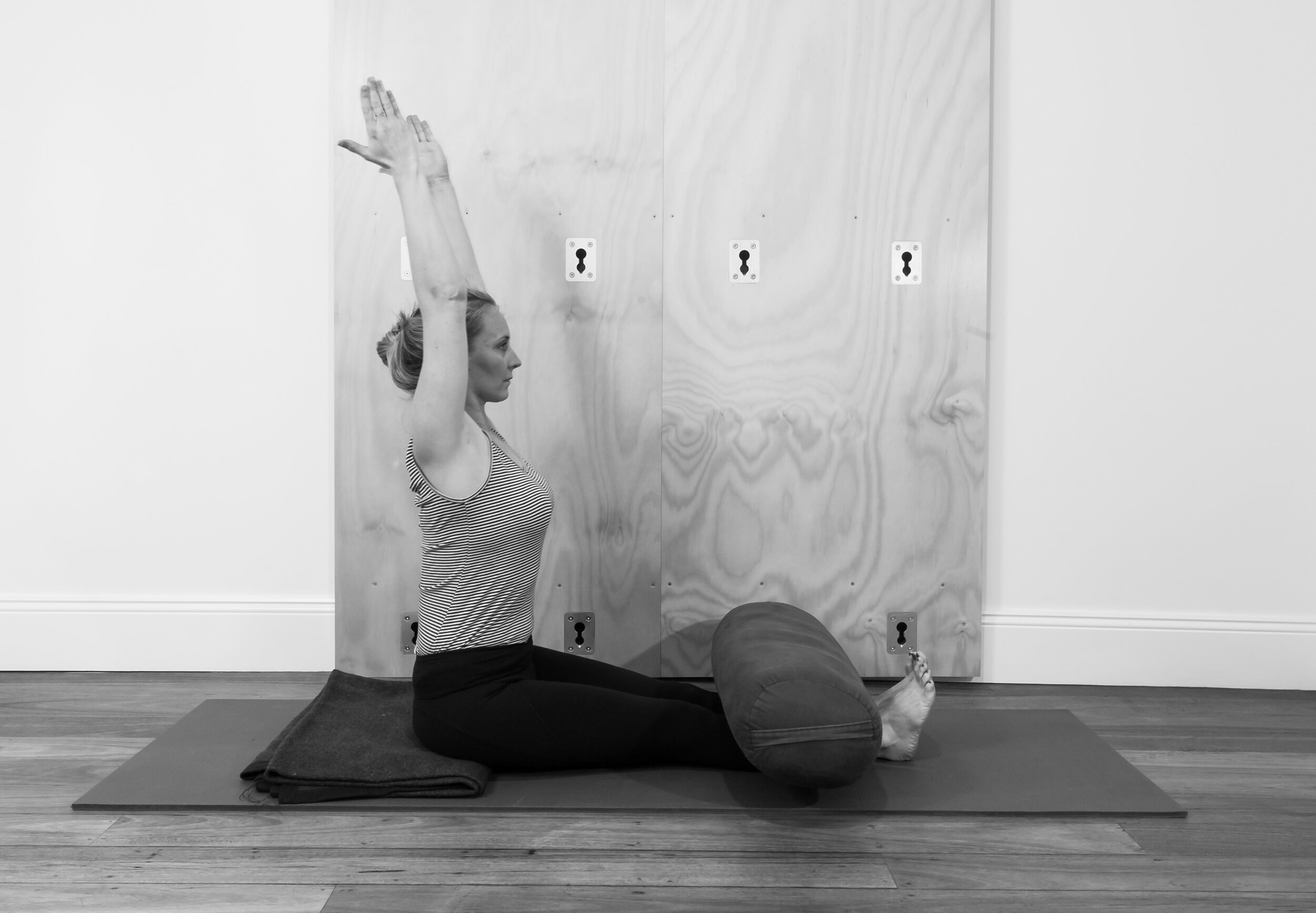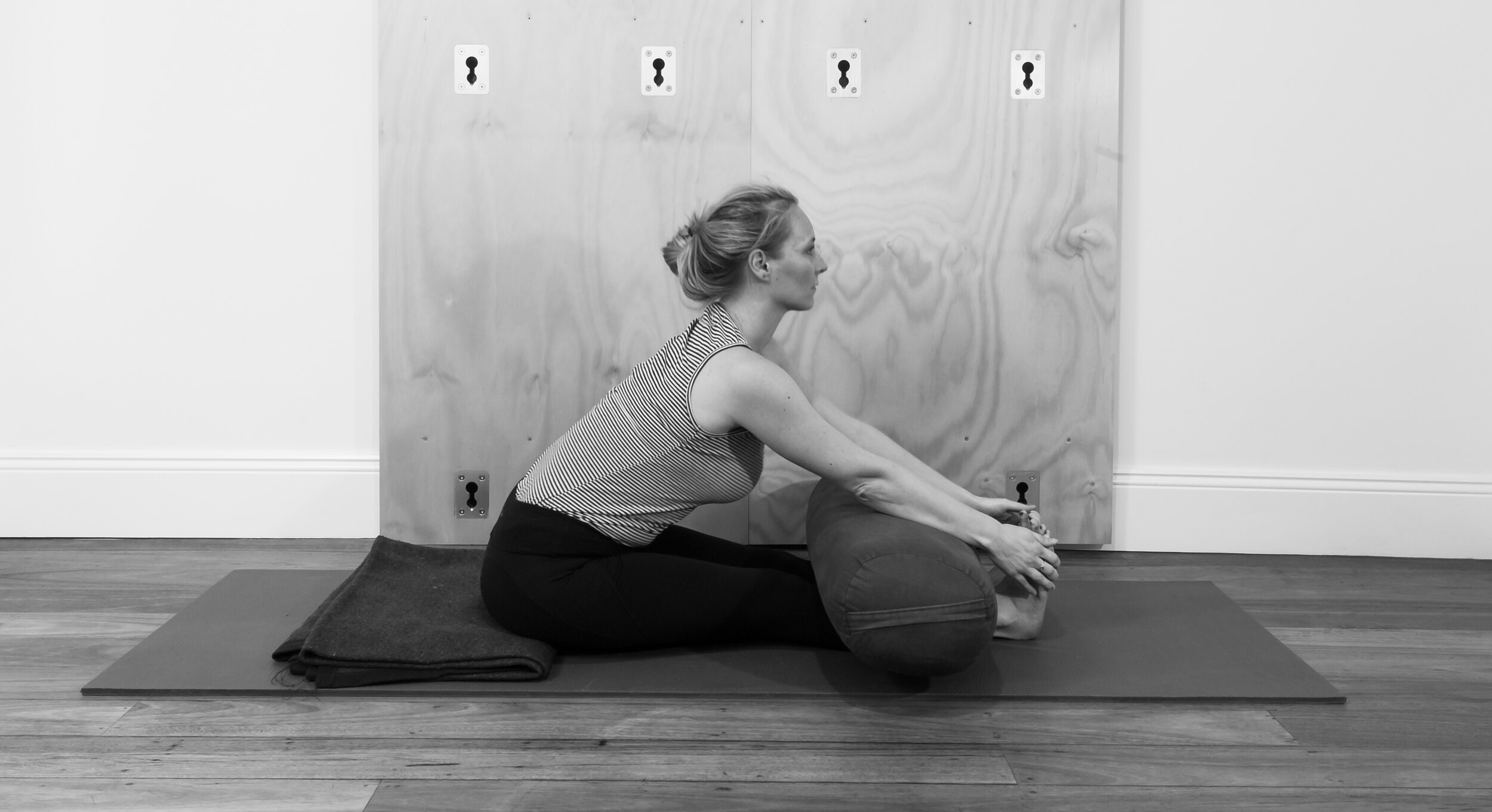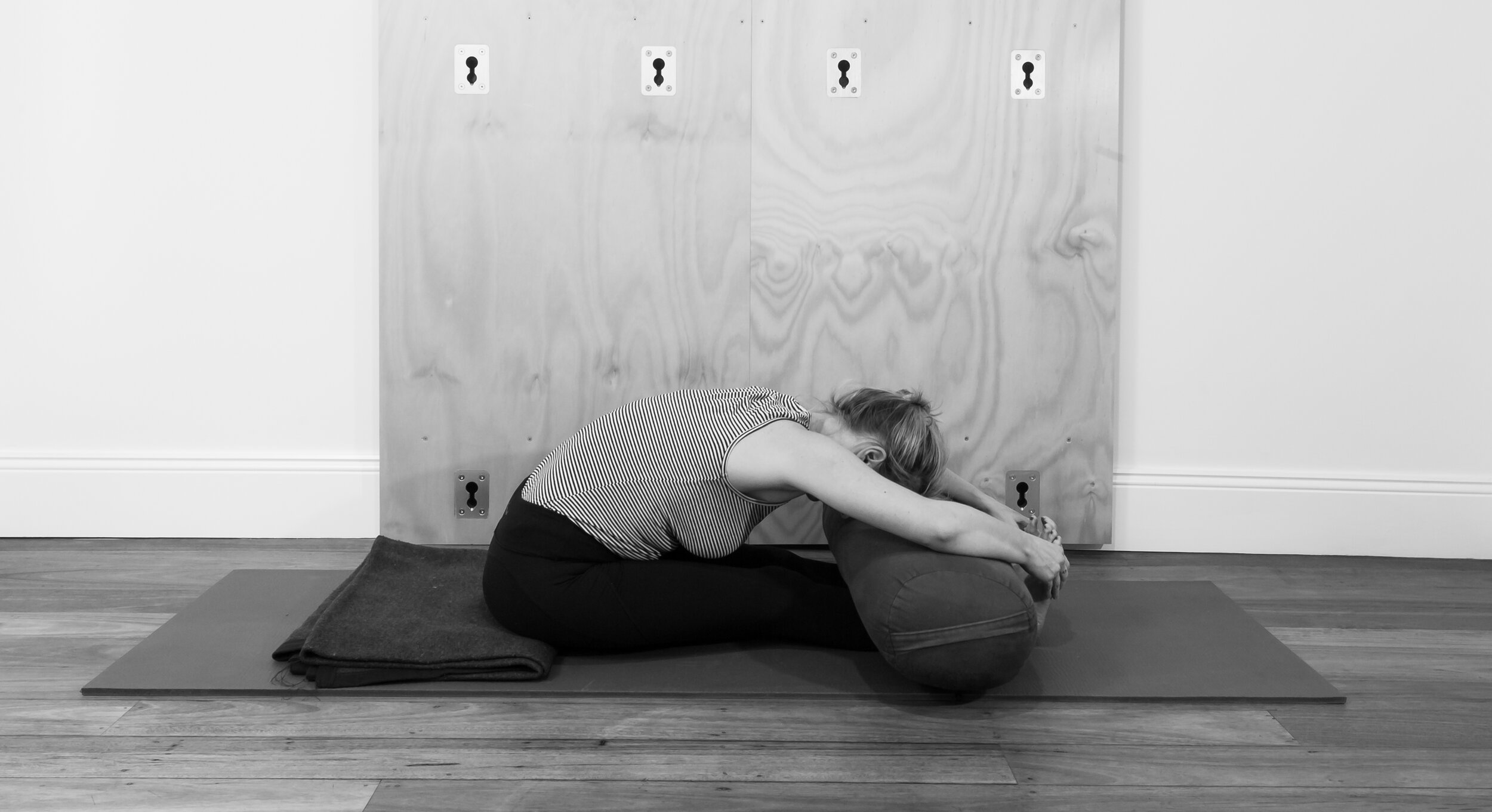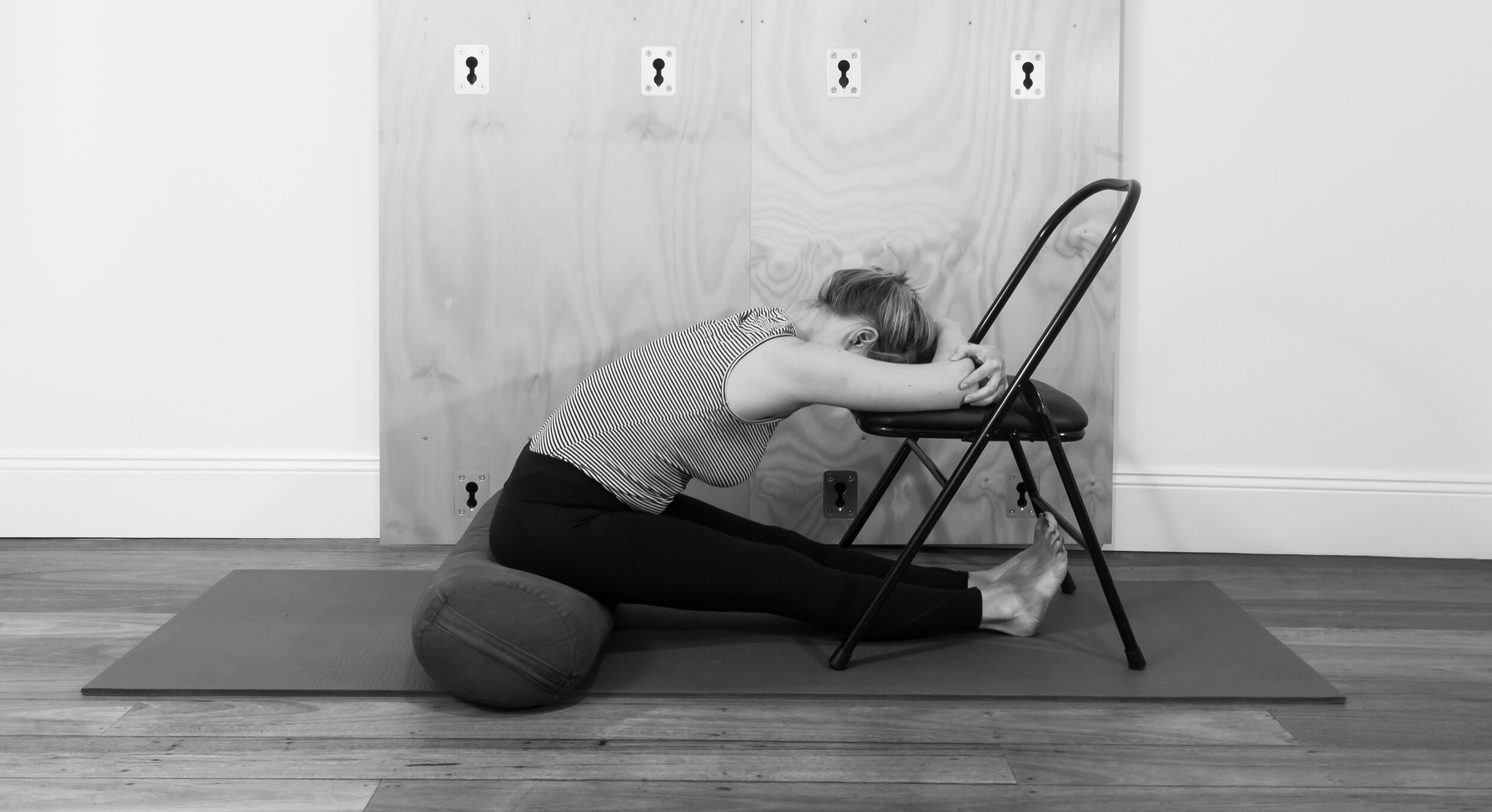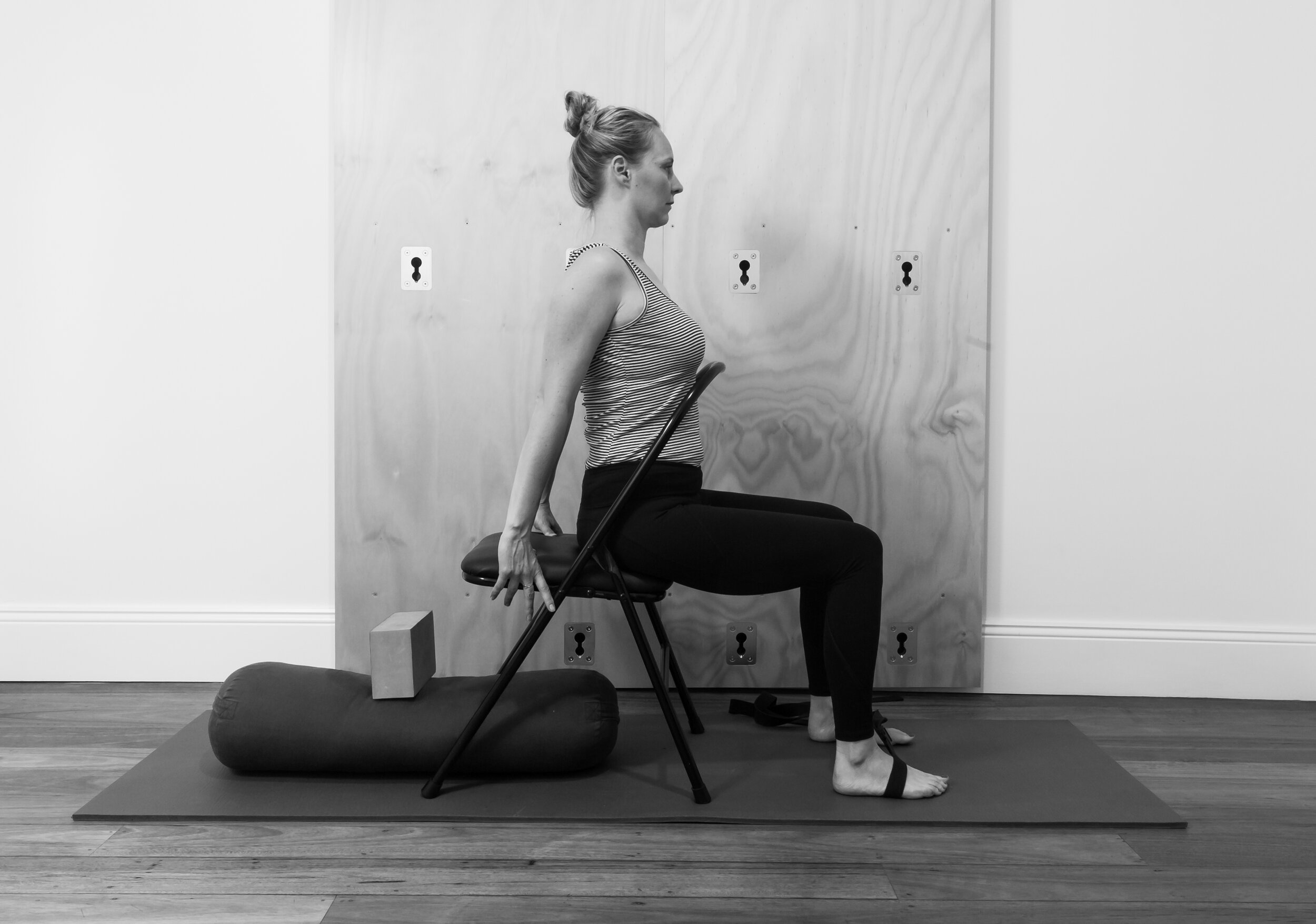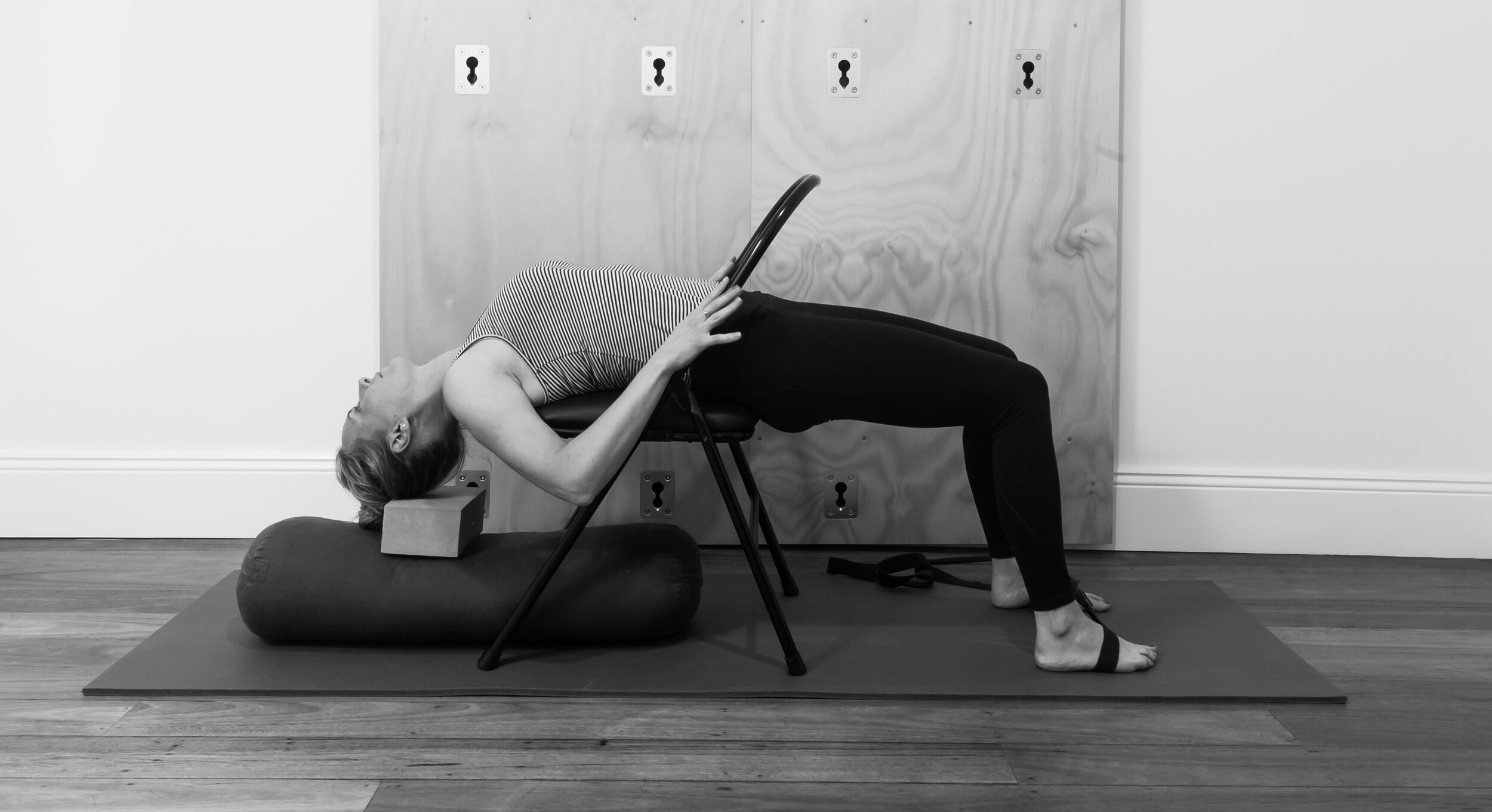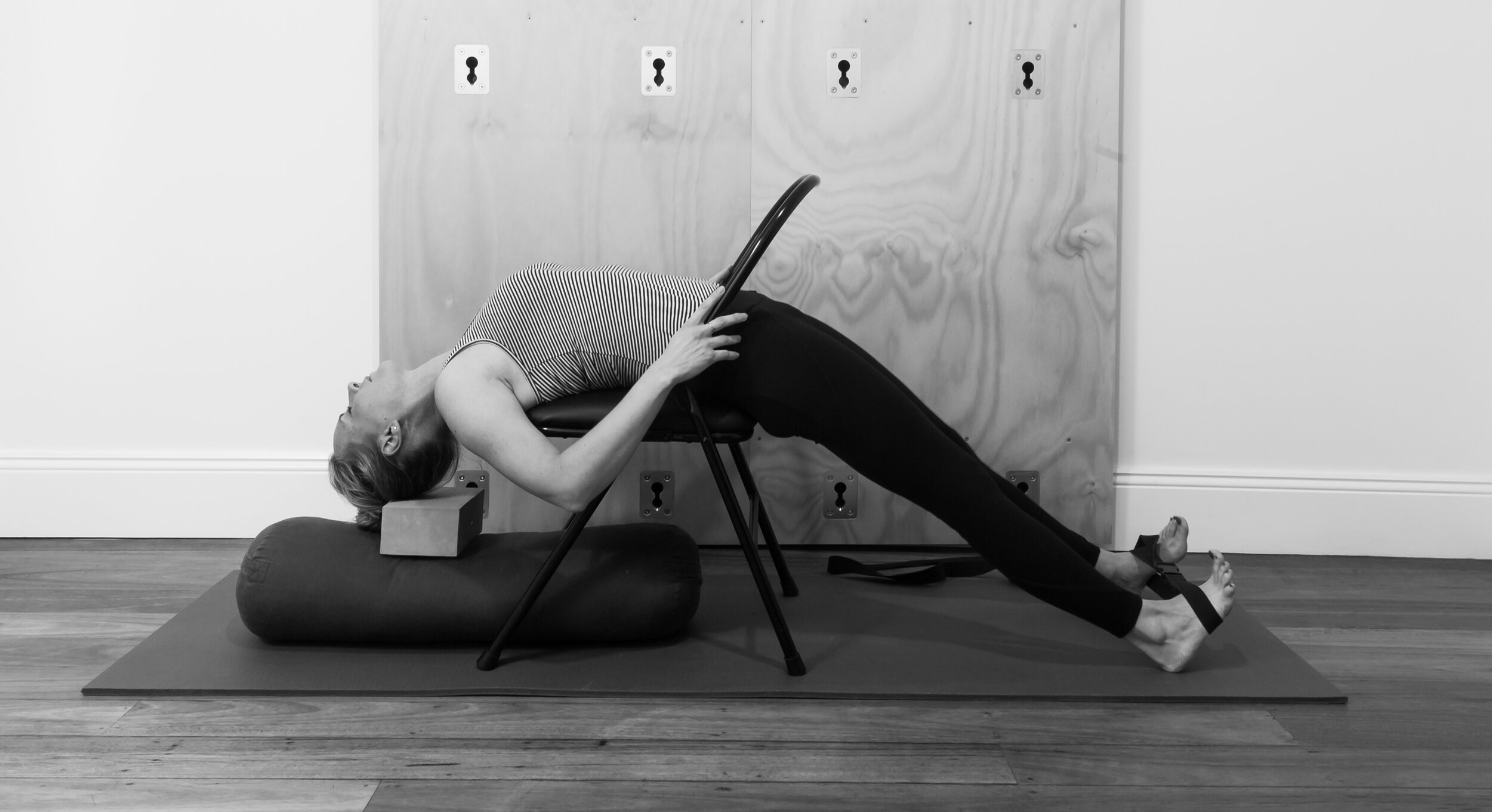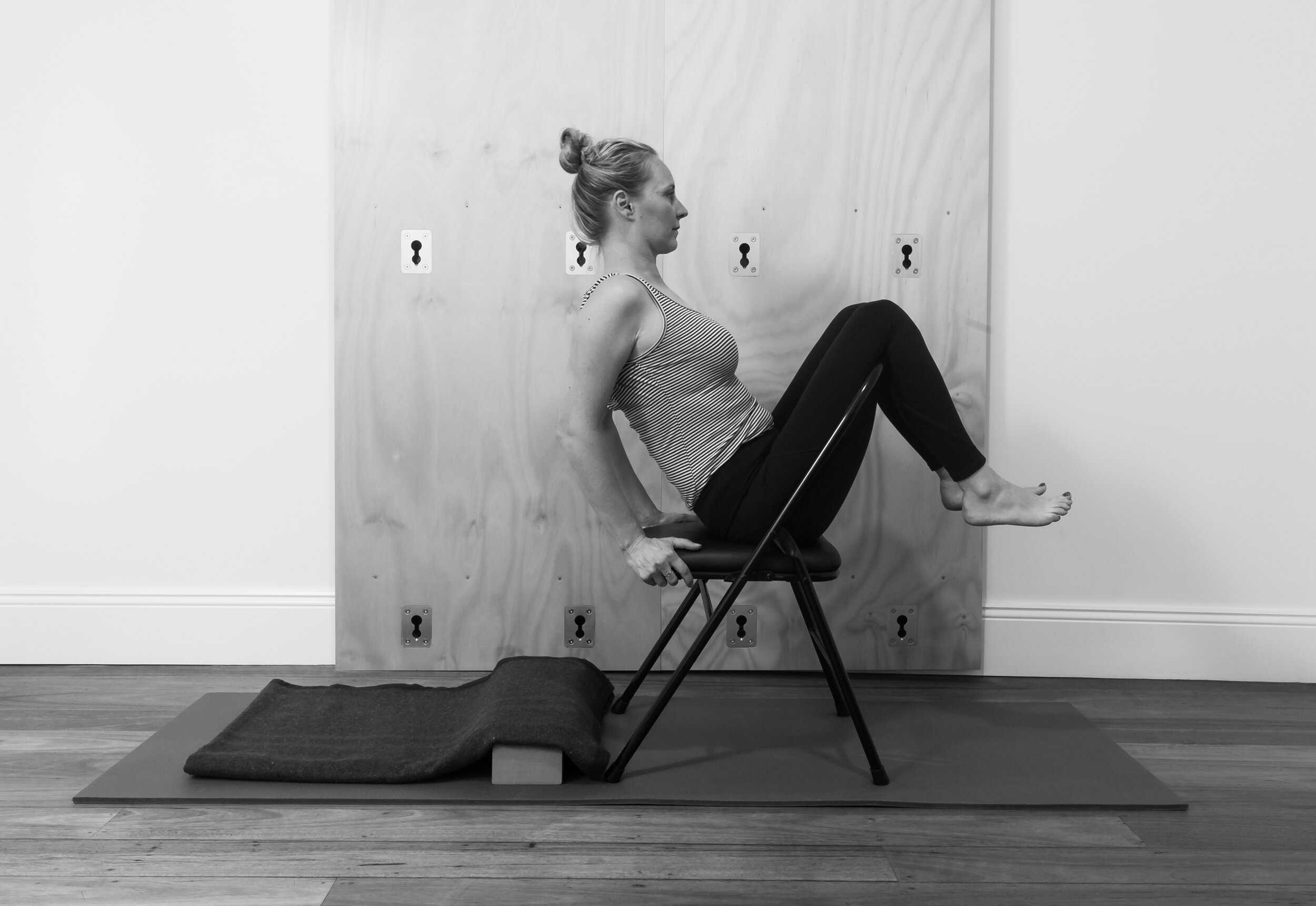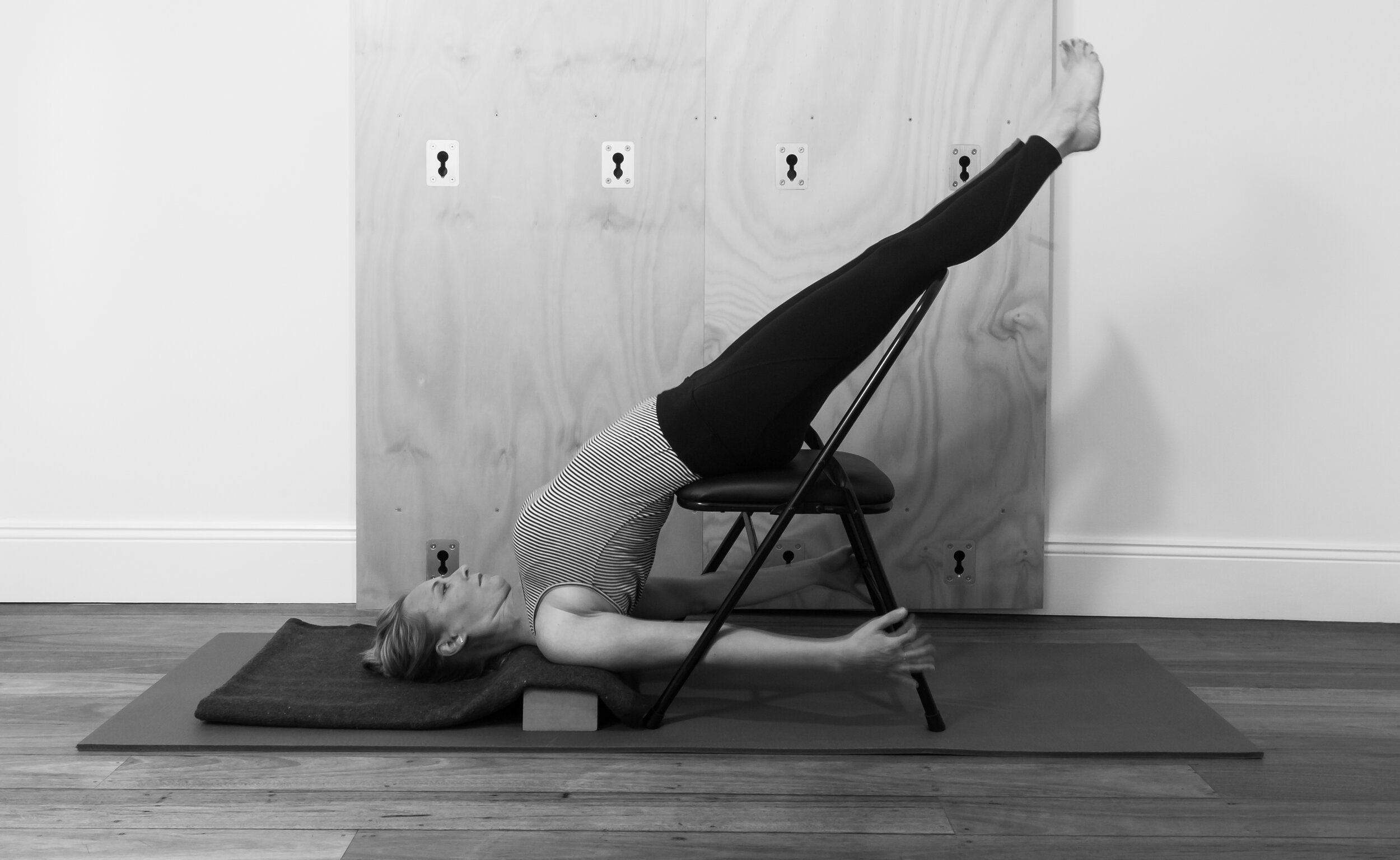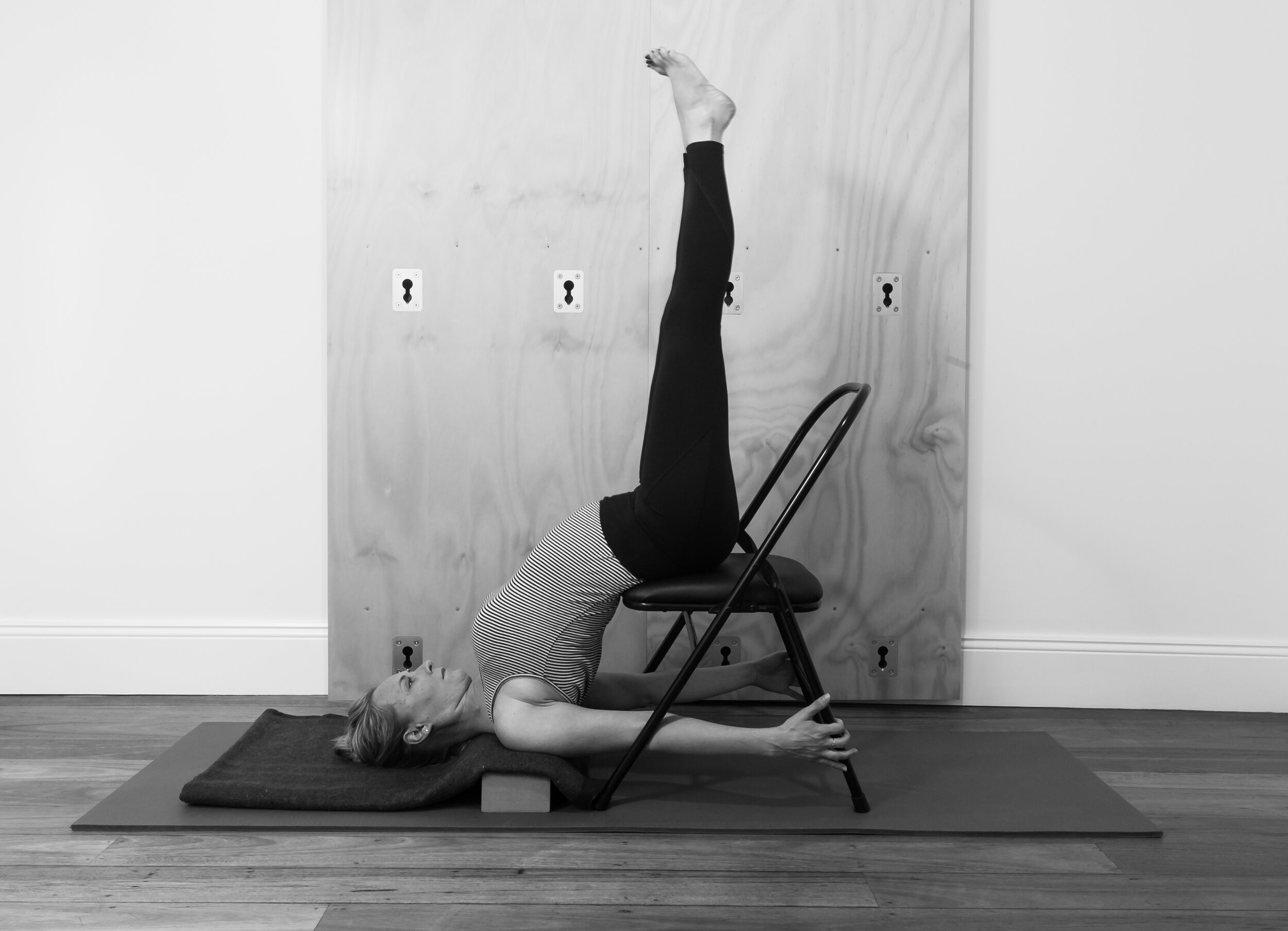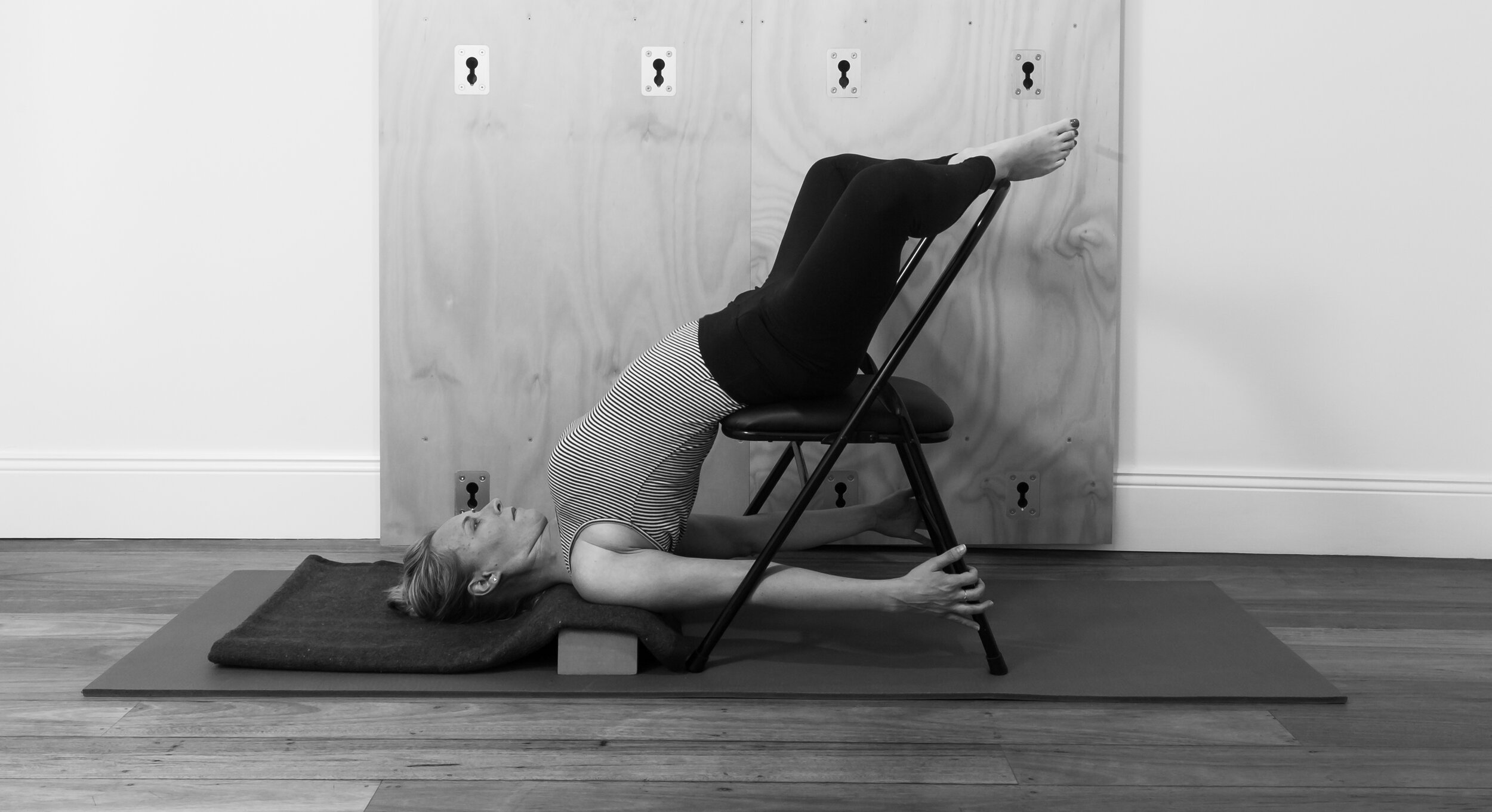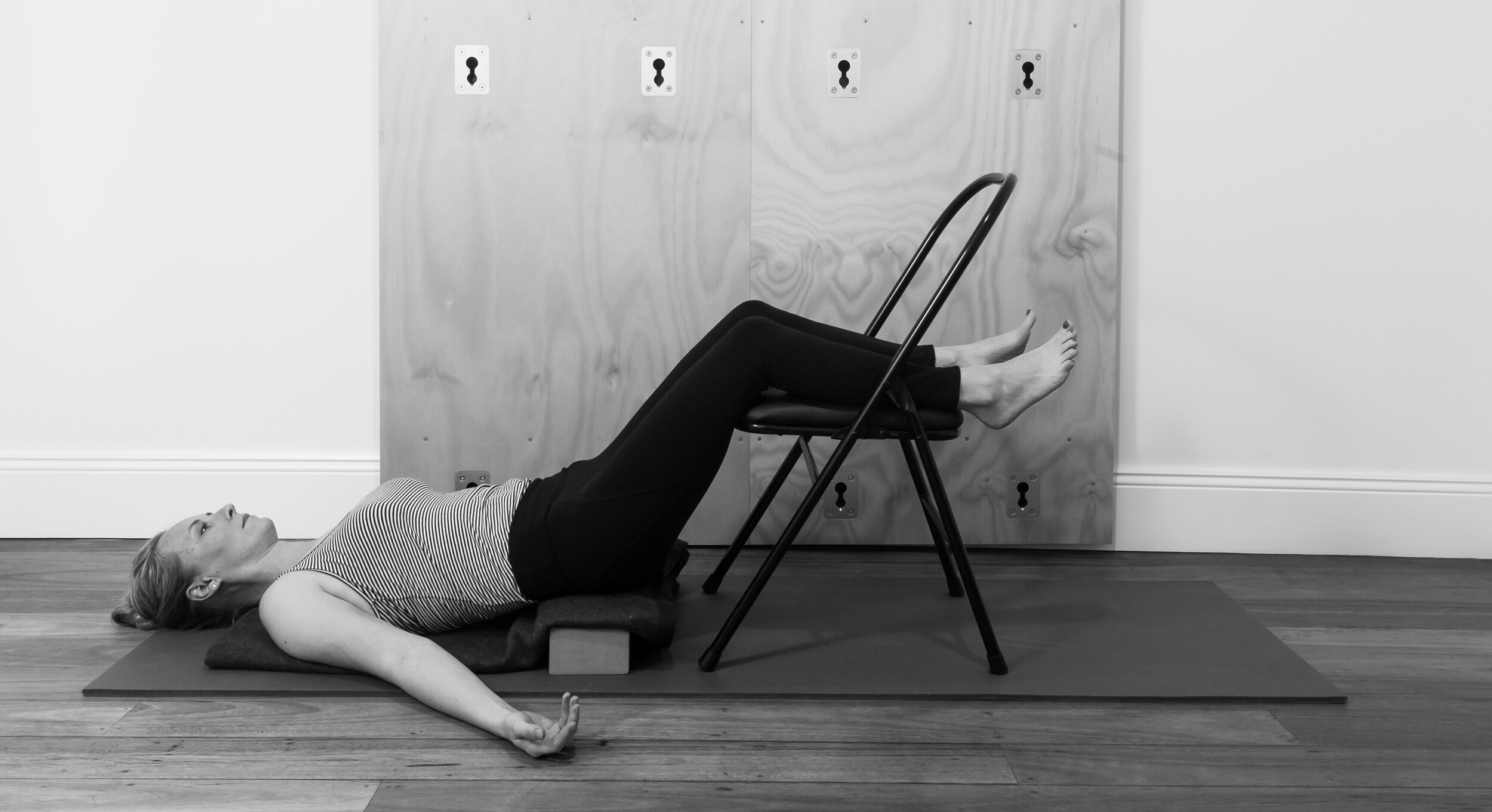Yoga sequence for boosting the immune system
By Senior Iyengar teacher Glenn Ceresoli
orginally posted on bodil Mauritzen’s blog
Glenn has written a simple sequence to help strengthen the immune system. It is designed as a restorative practice based on activating the various systems in our body which all contribute towards defending our bodies from foreign organisms such as viruses, and infections.
The supports are to reinforce calmness and ease and allow us to bathe in the benefits of the asana for longer with less effort and energy consumption, hence it is energetically economical.
The sequence targets the vitality and circulatory systems and balances the sympathetic and parasympathetic nervous system. Regulating the metabolism, so that all glandular function is at its peak capacity to fight off diseases that may hack into our system.
Practiced regularly, consistently, over an extended period of time, this sequence can be very effective in boosting our immune system and ward off invading viruses.
This sequence requires the practitioner to have some experience and insight into the Iyengar method of practice and use of props. (If asanas such as Sirsasana are beyond your capacity, do the supported variation, or leave it out).
Do not force what you can not do.
Sirsasana done well is very helpful for this sequence, done forcefully without understanding will be a disadvantage, rather than an advantage.
See below for more details and variations for some of the asanas.
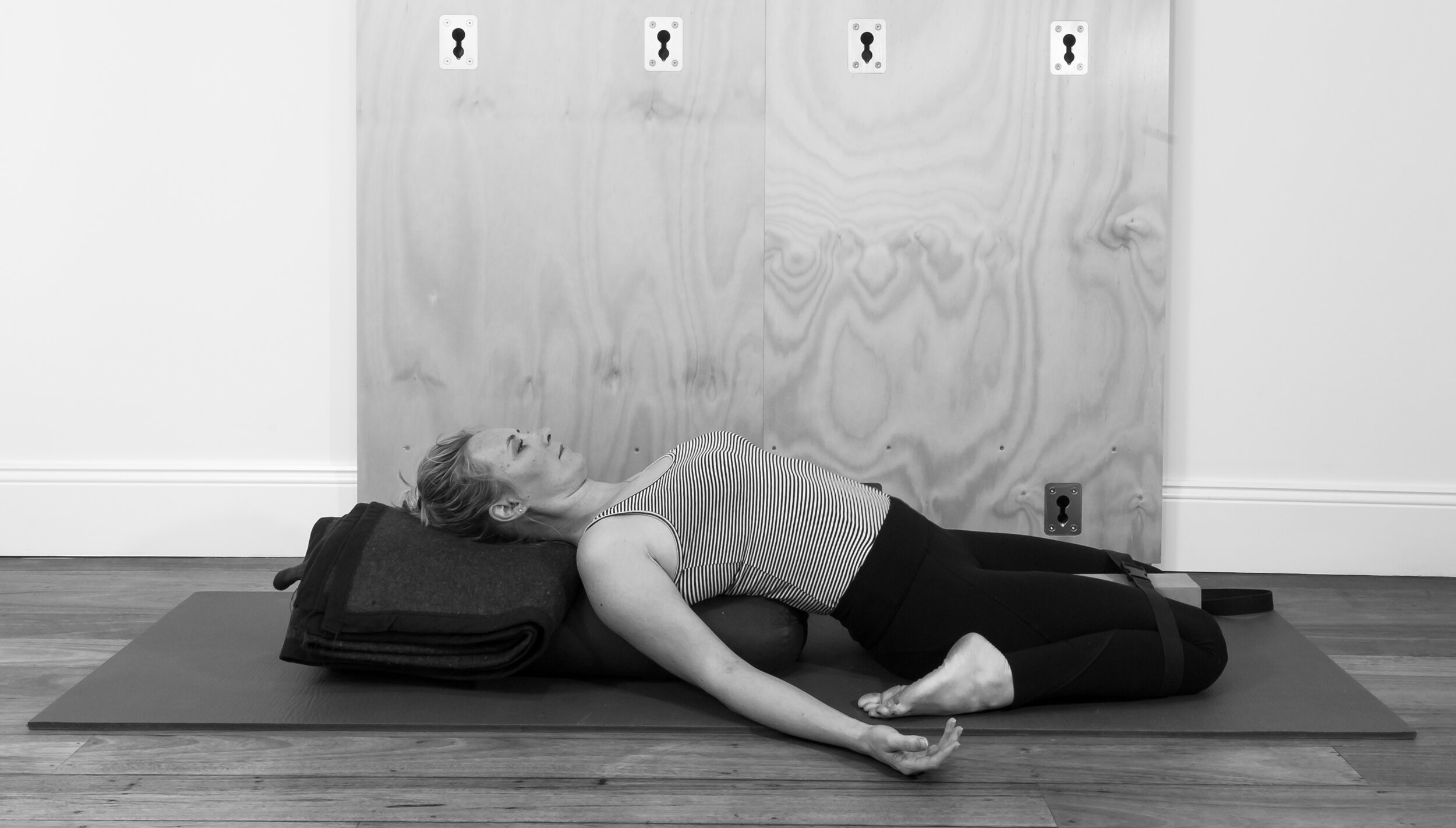
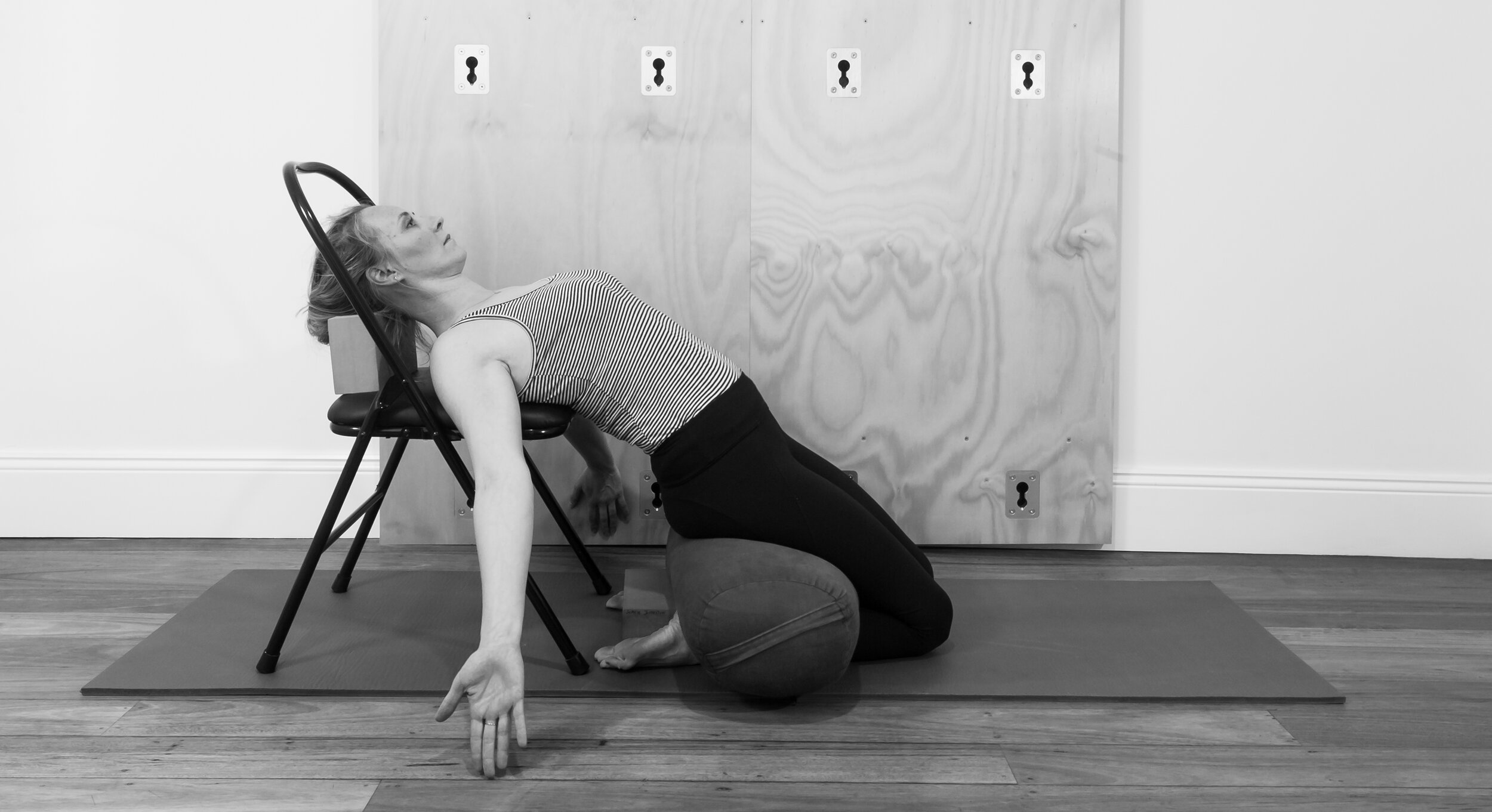
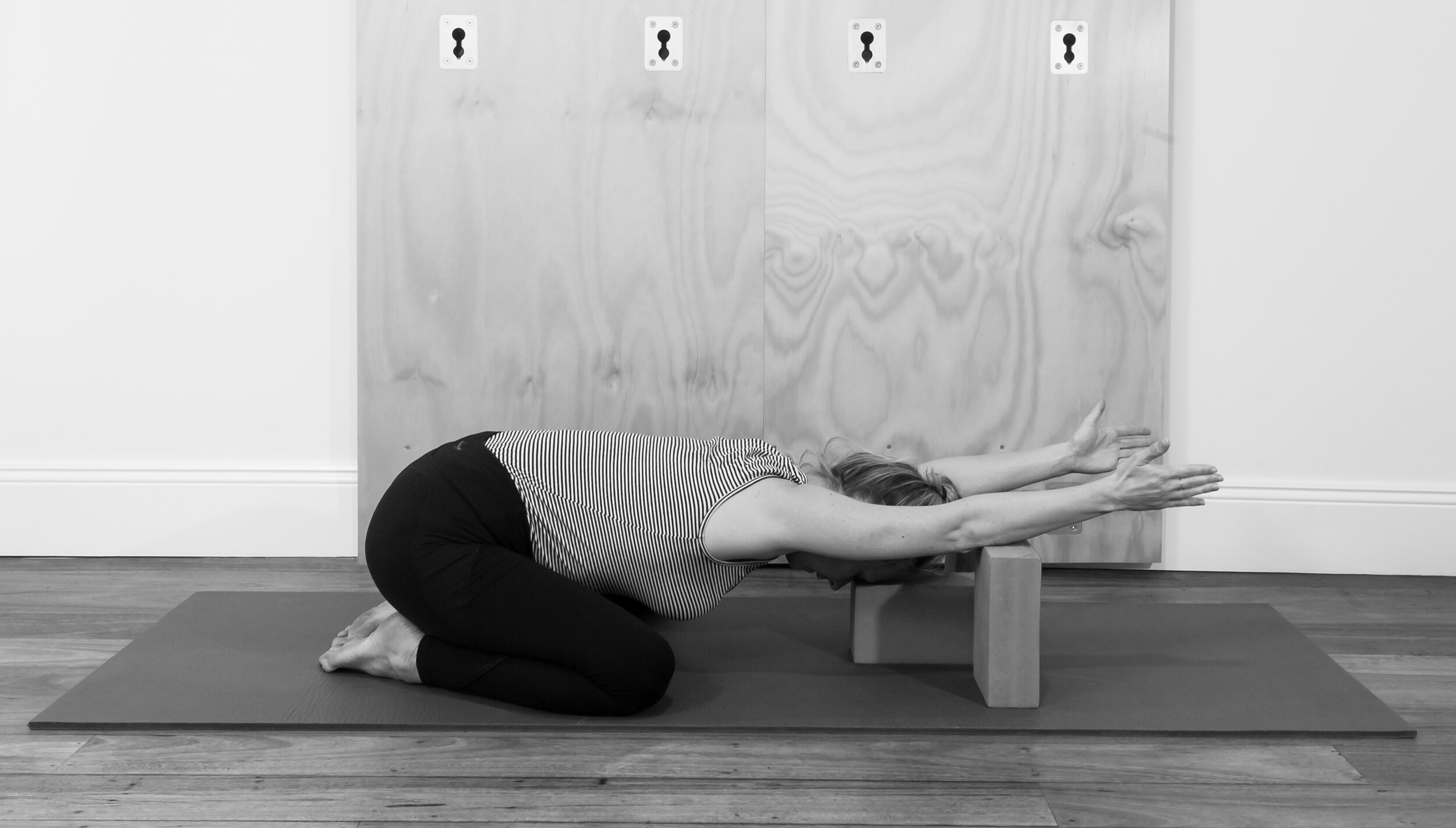
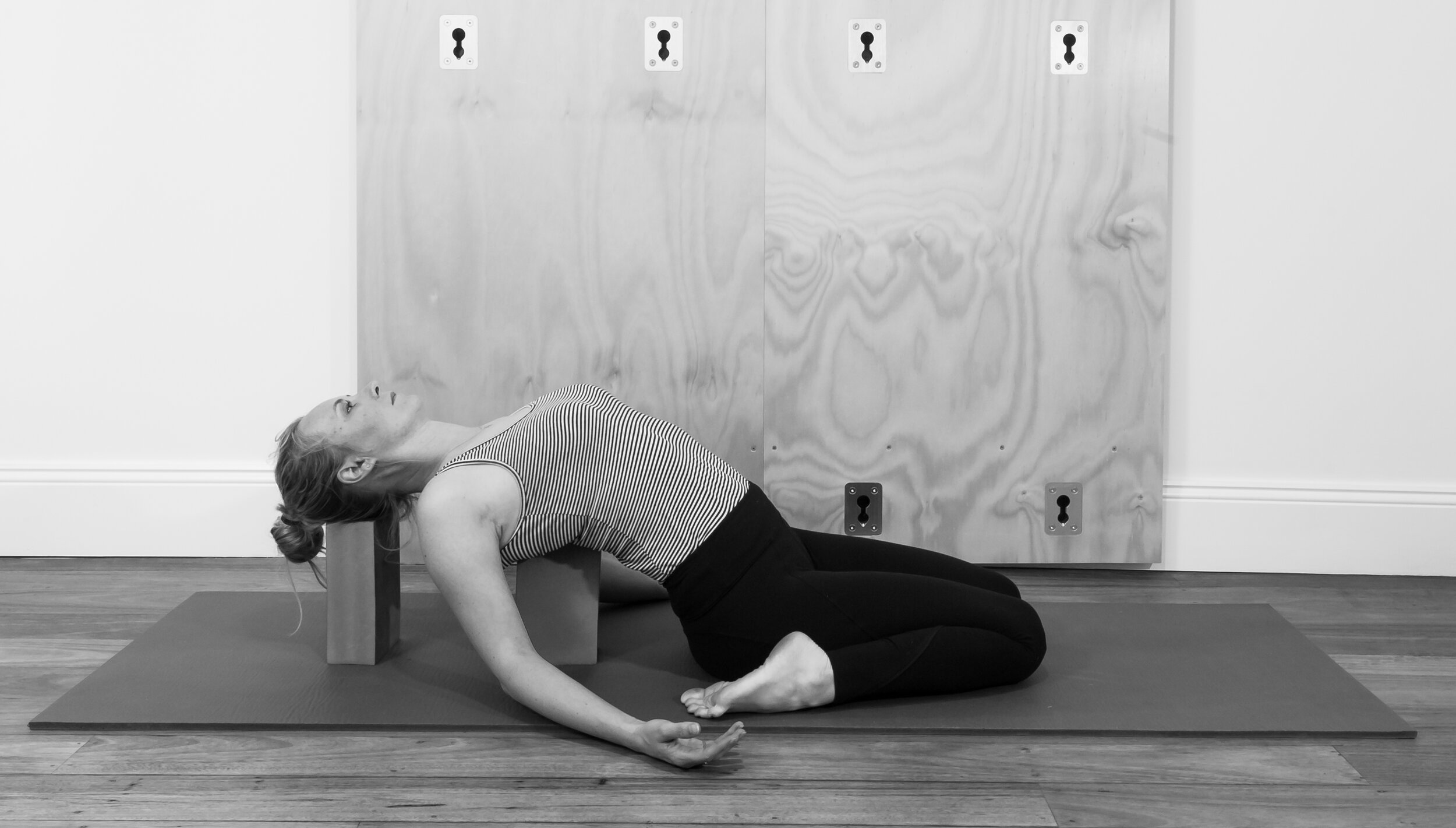
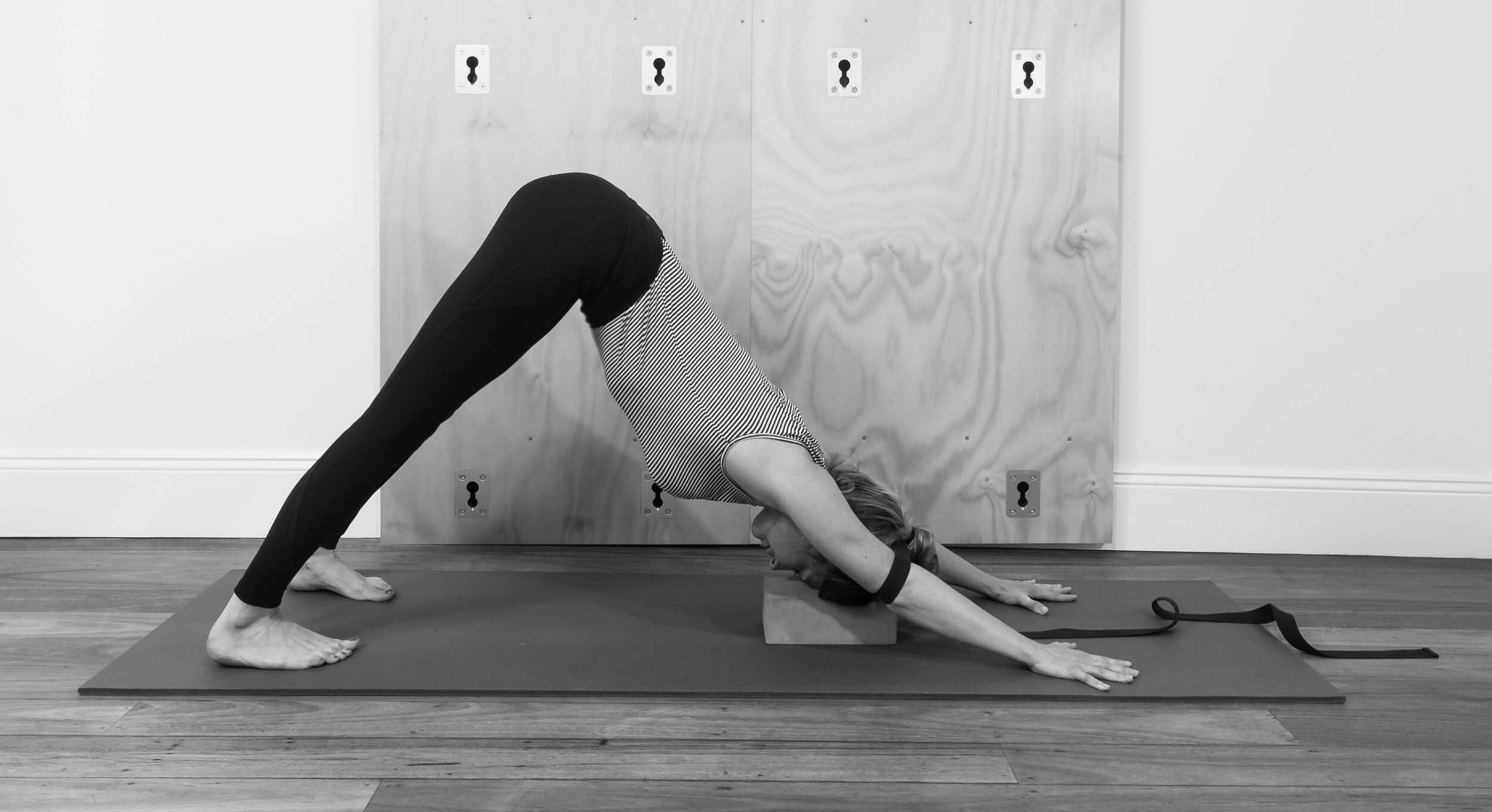
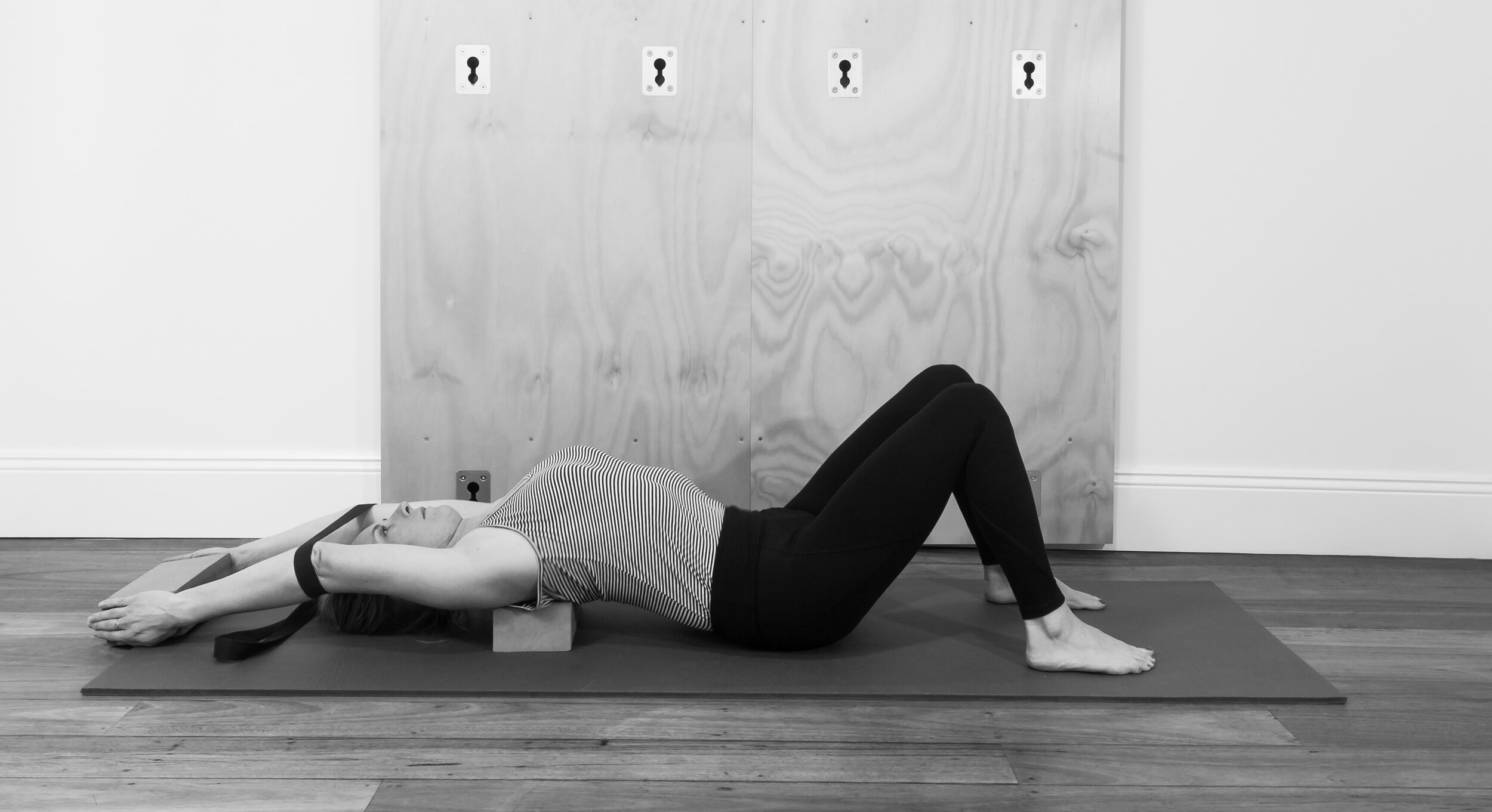
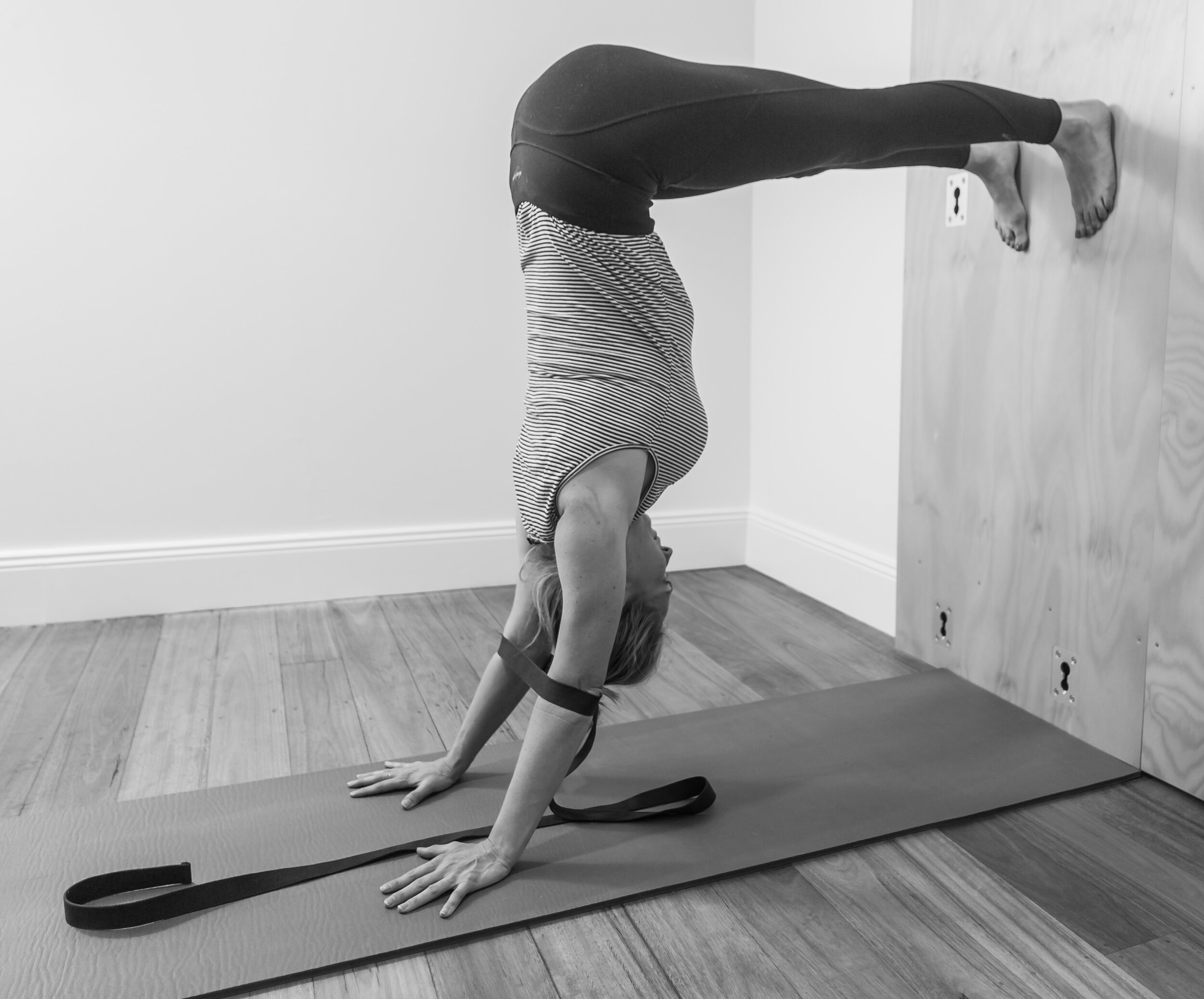
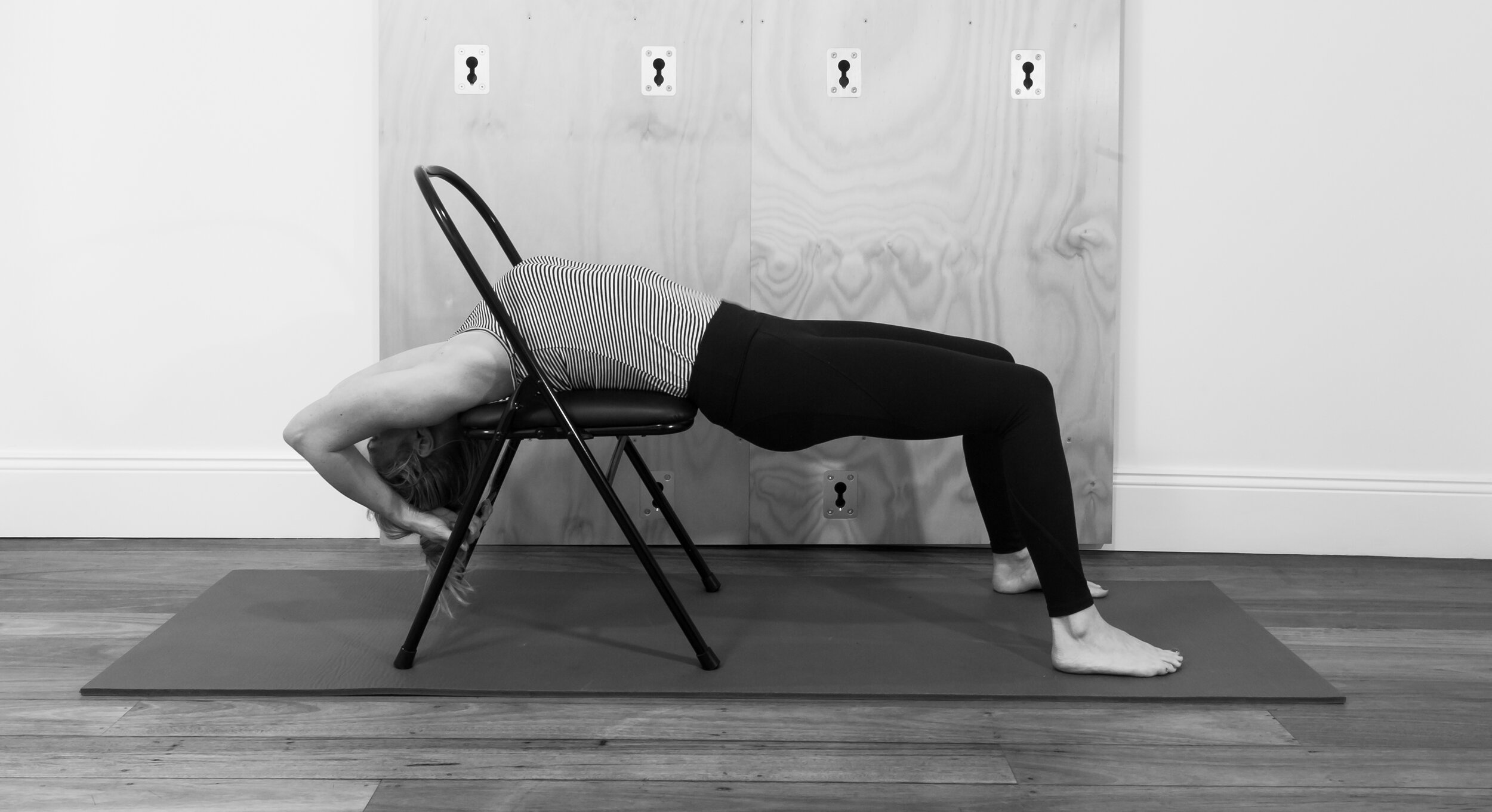
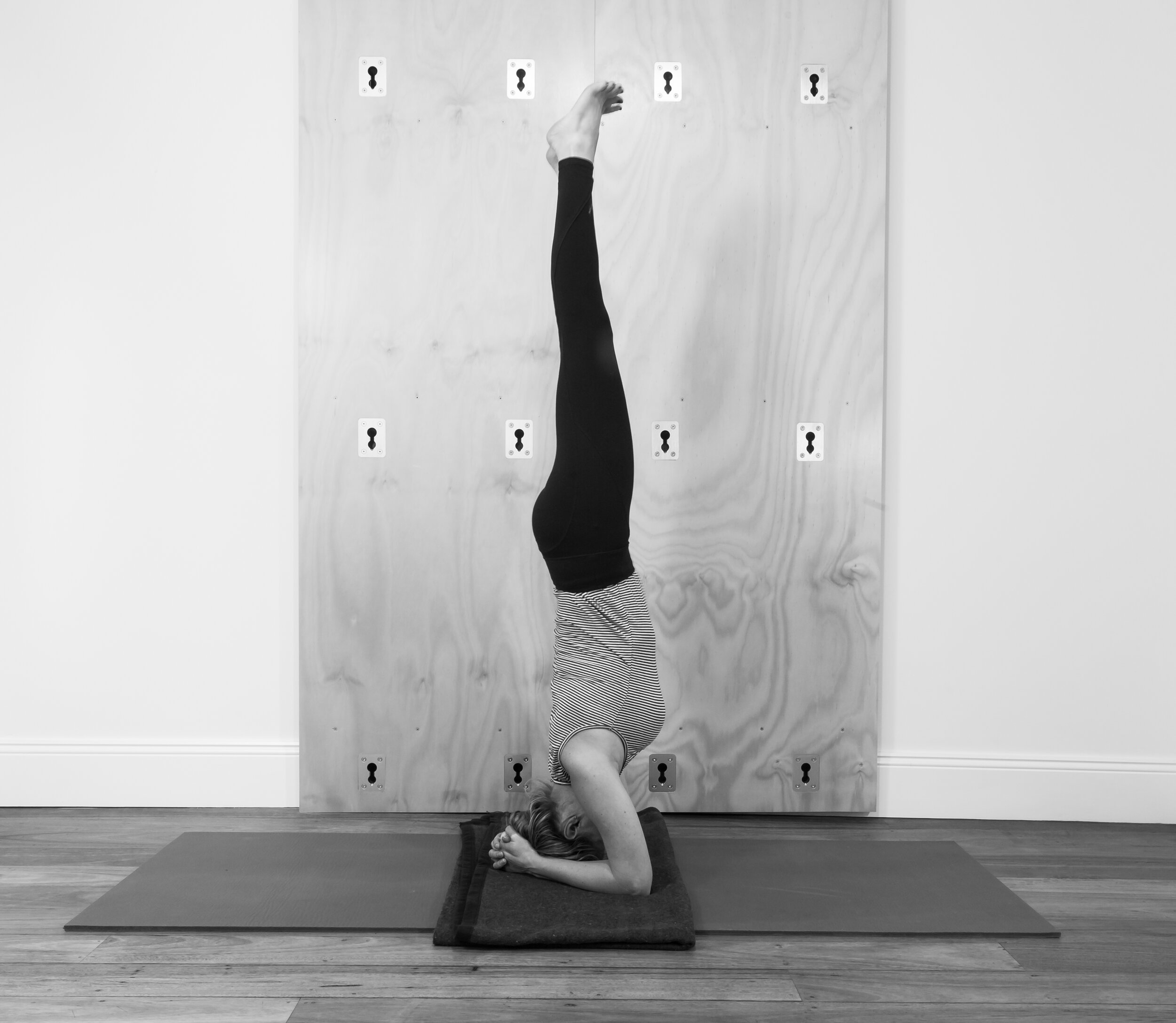
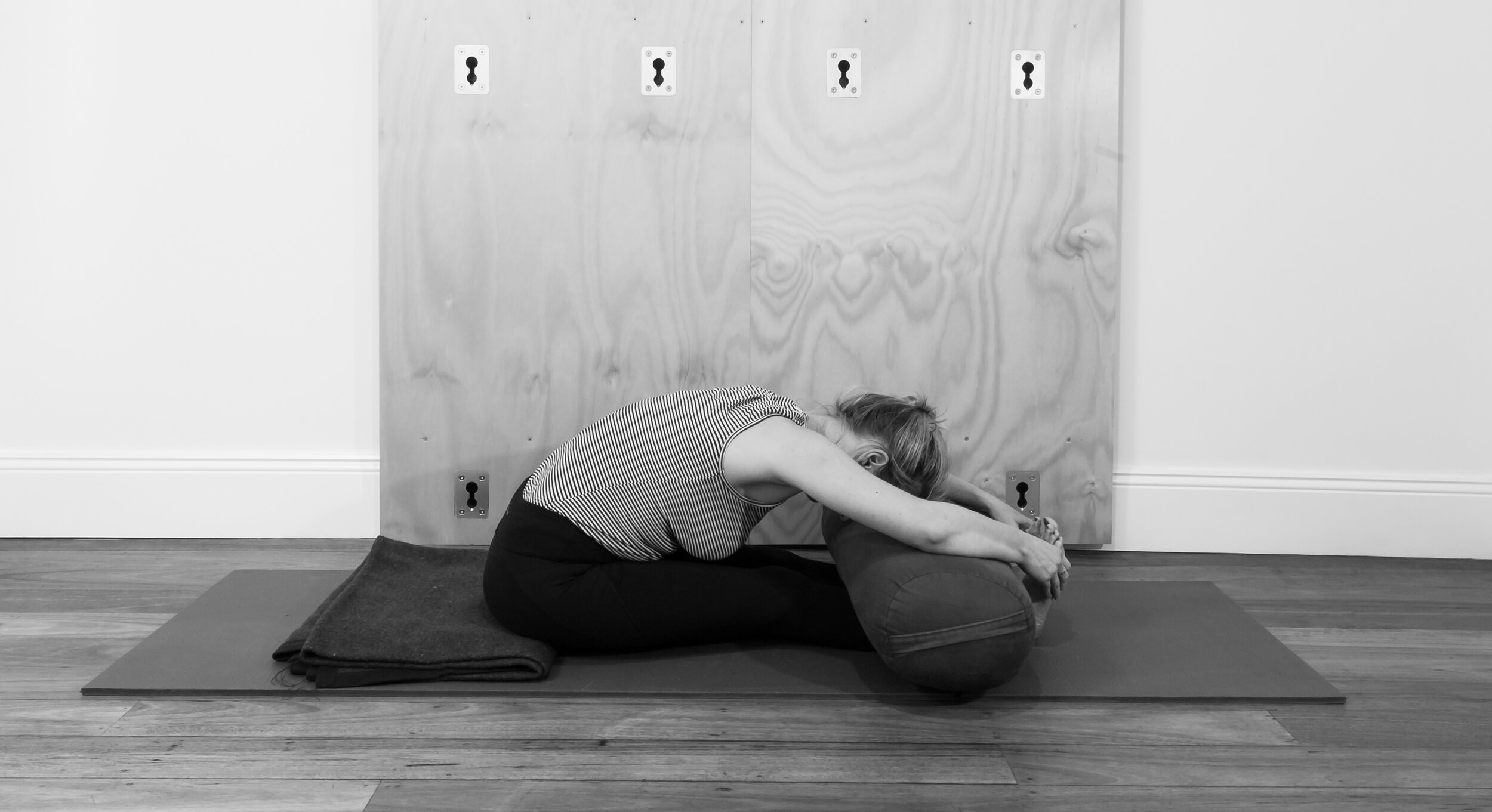
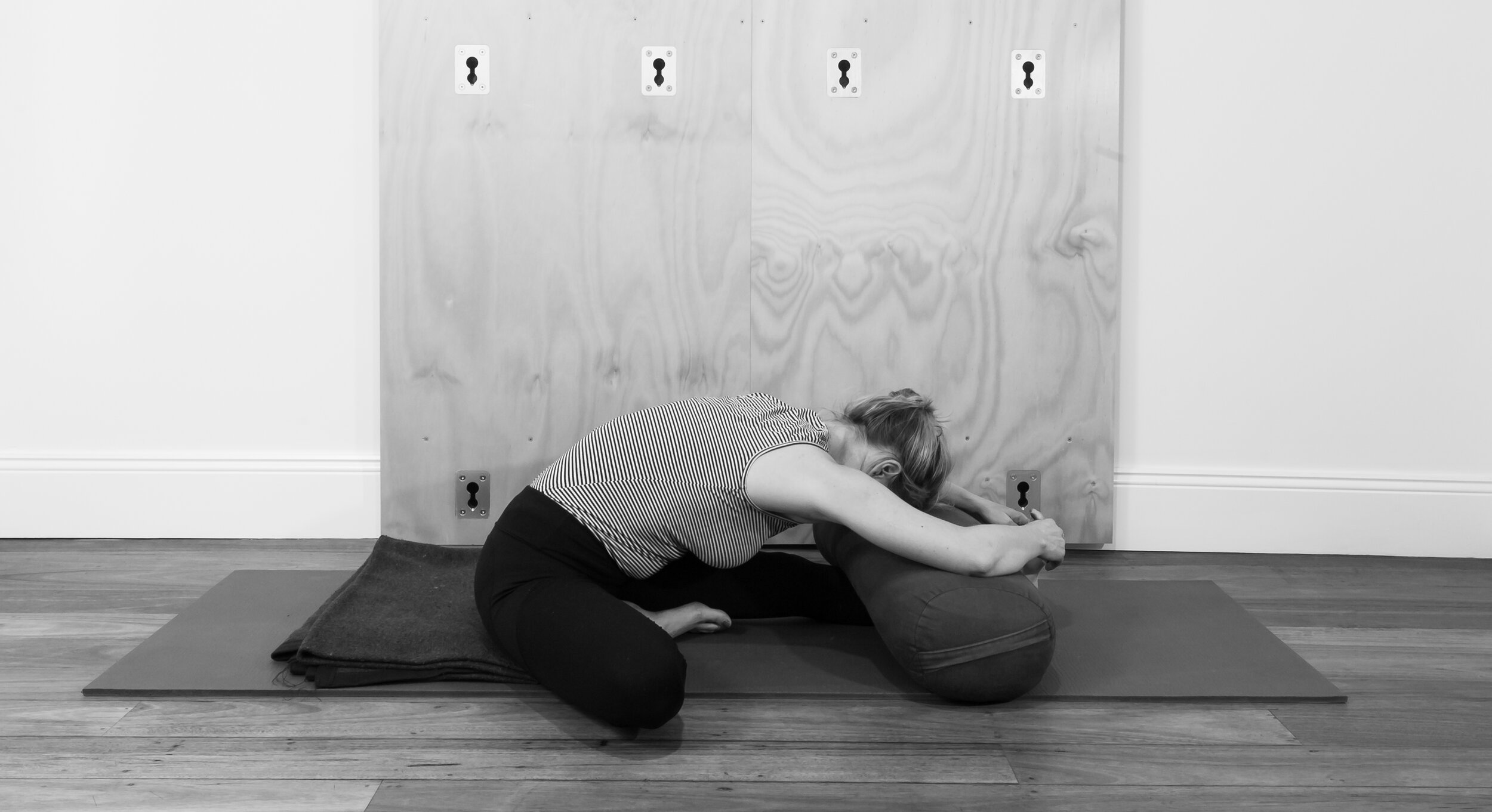
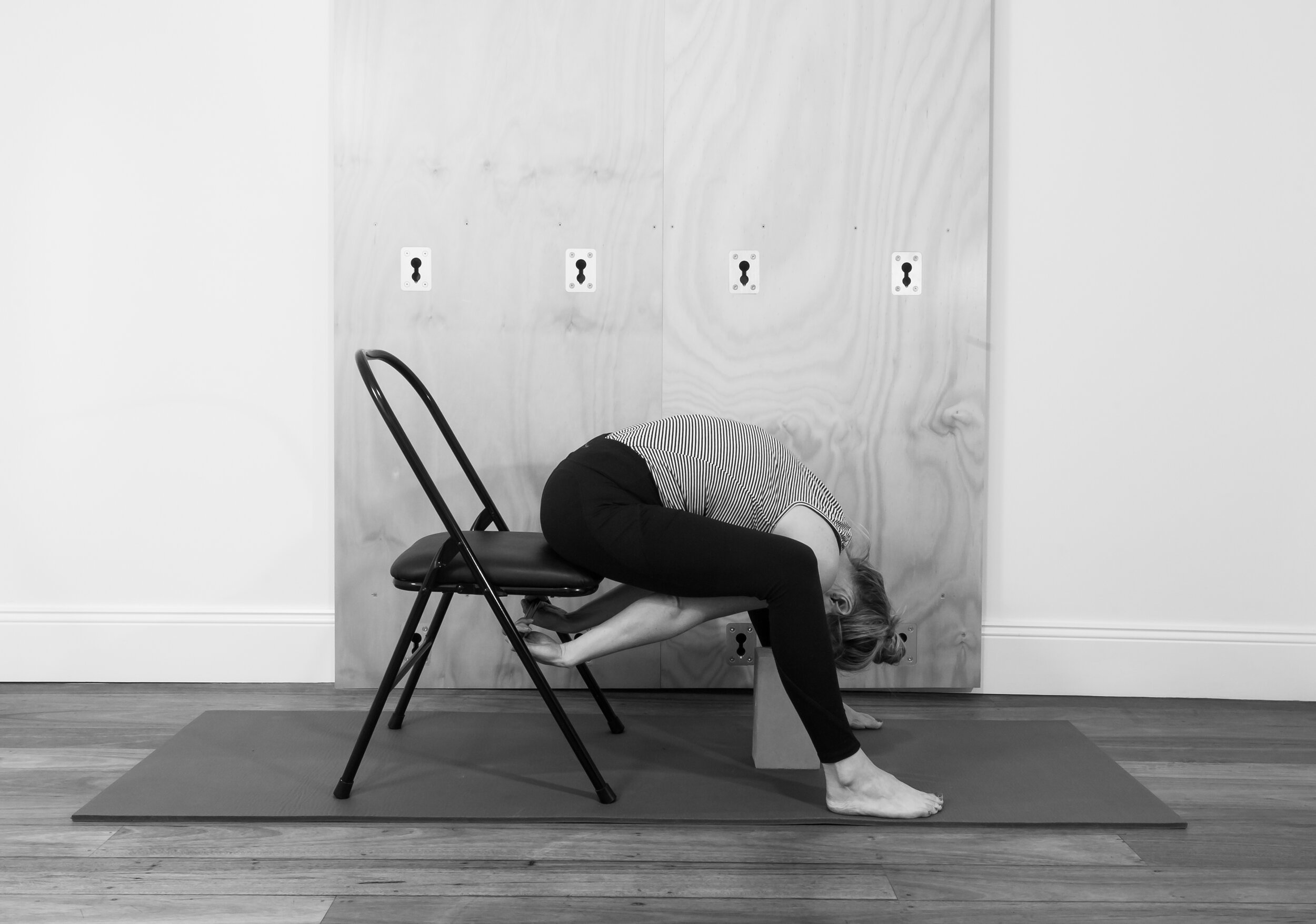
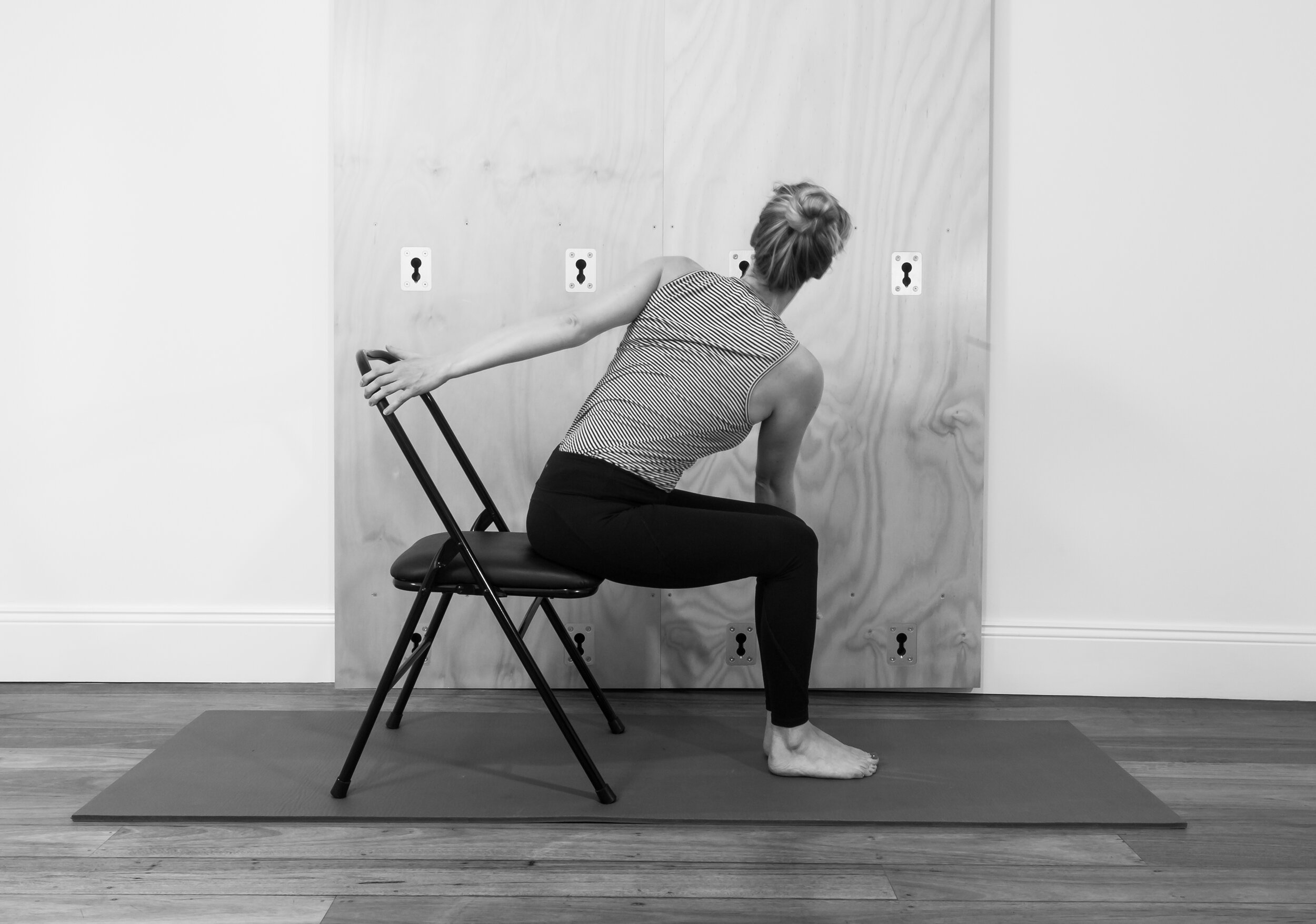
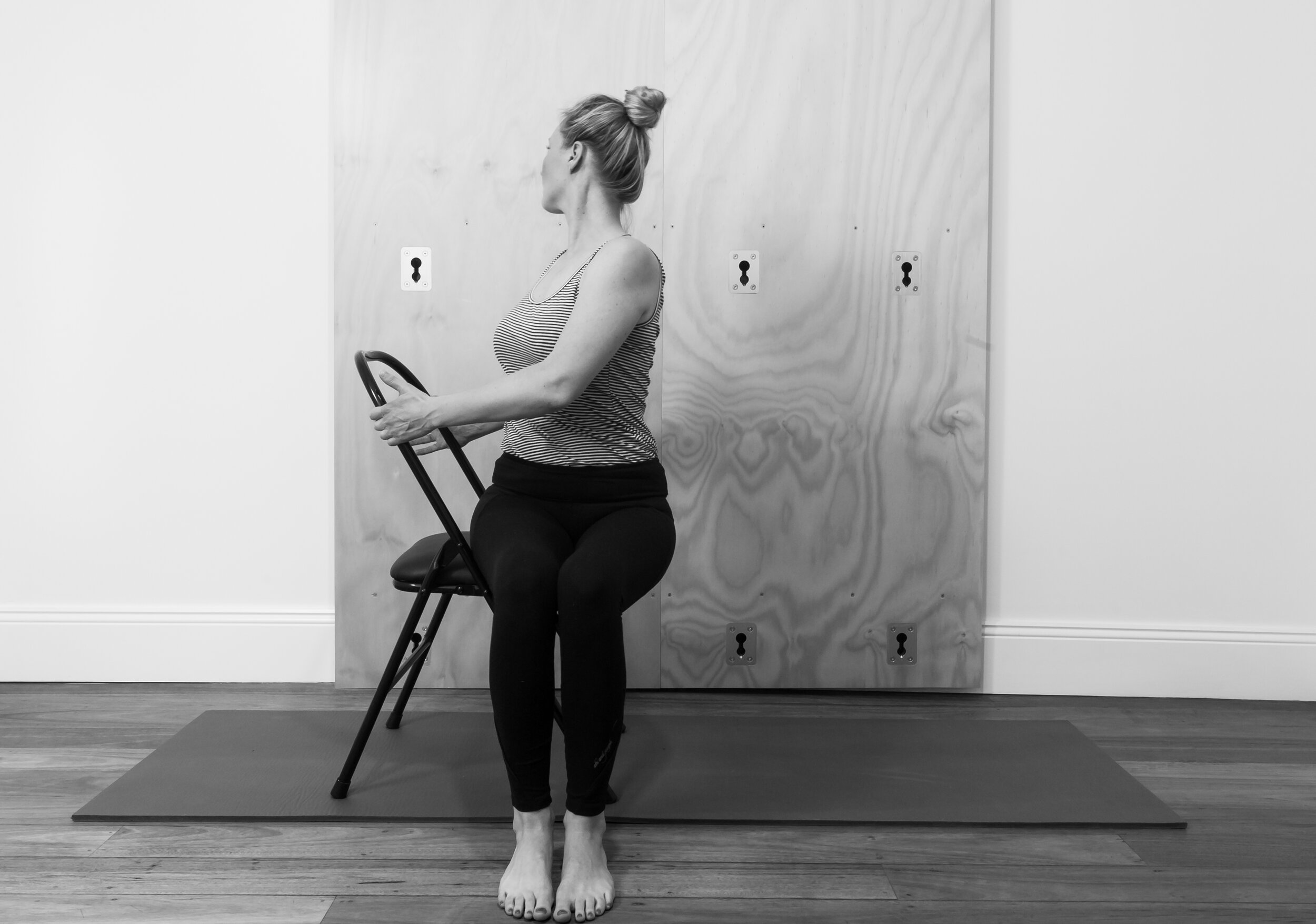
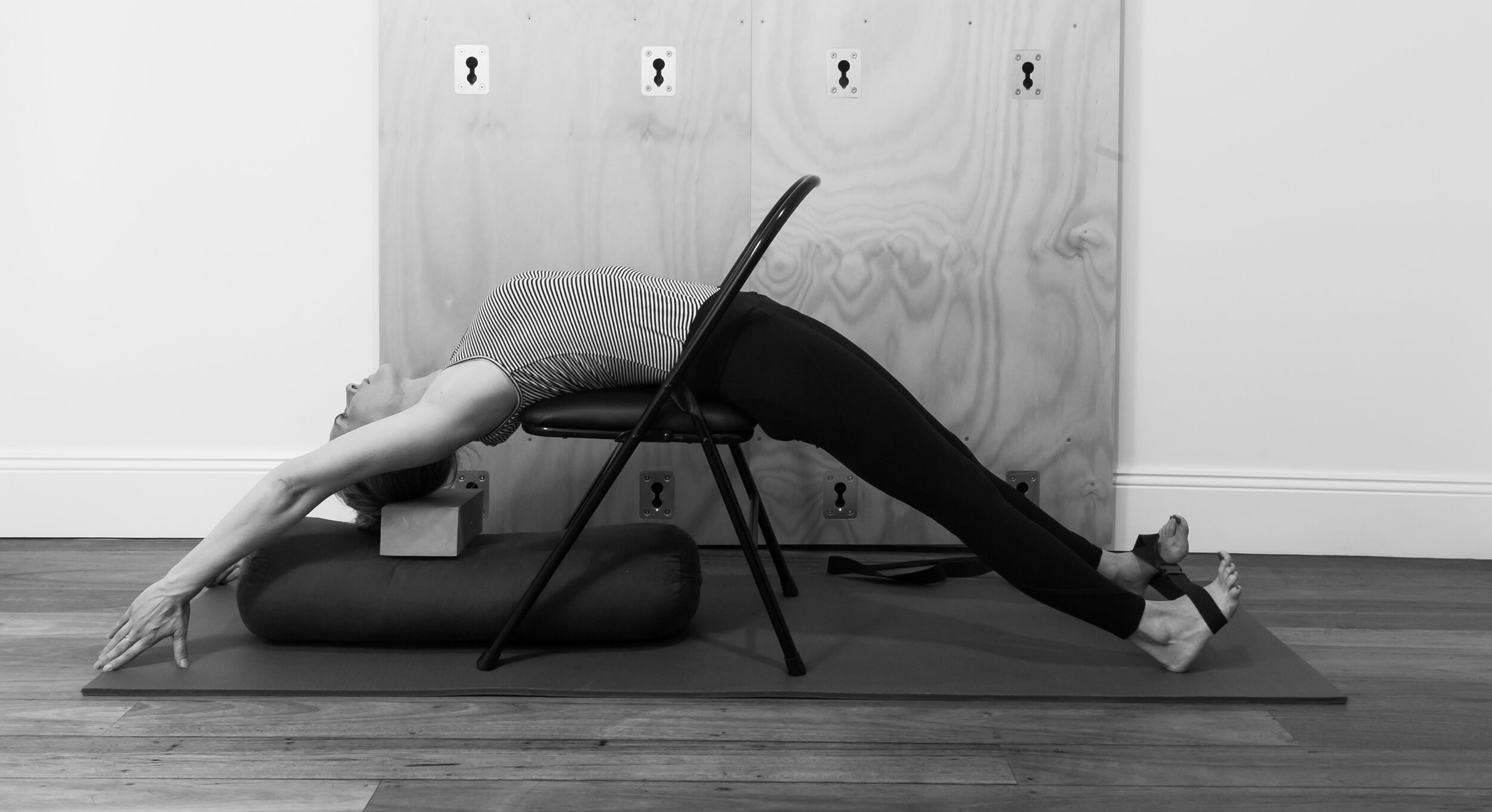
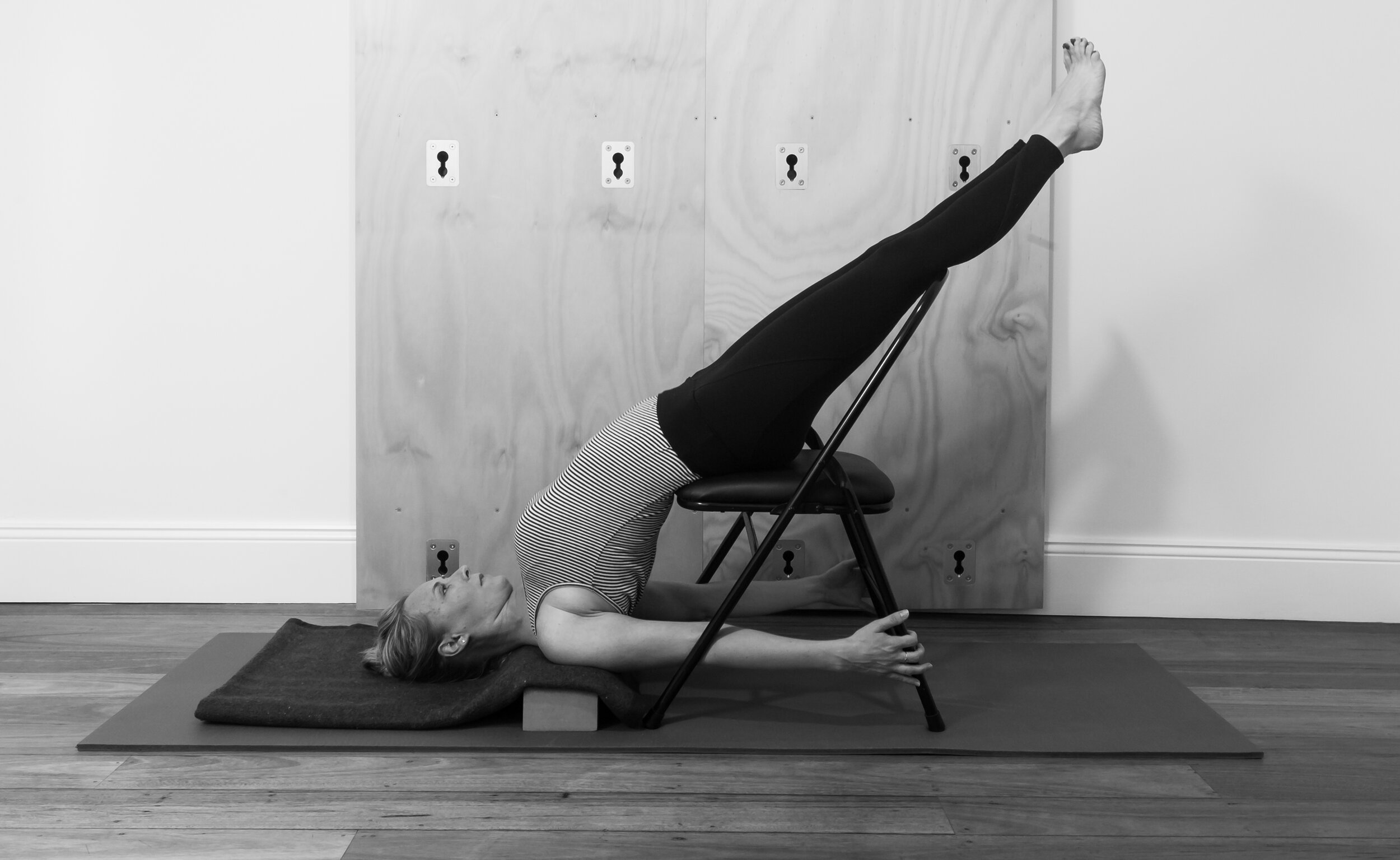
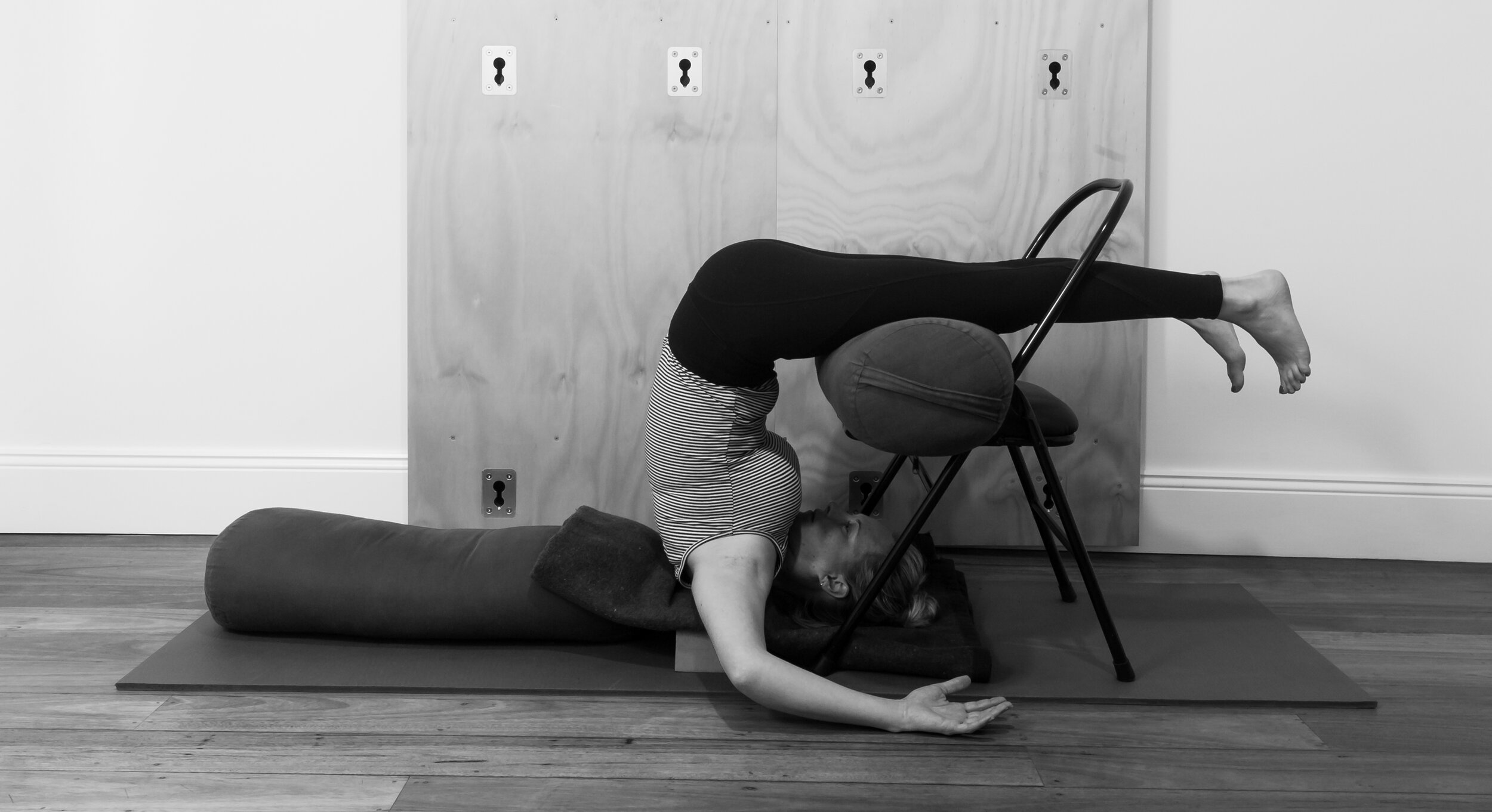
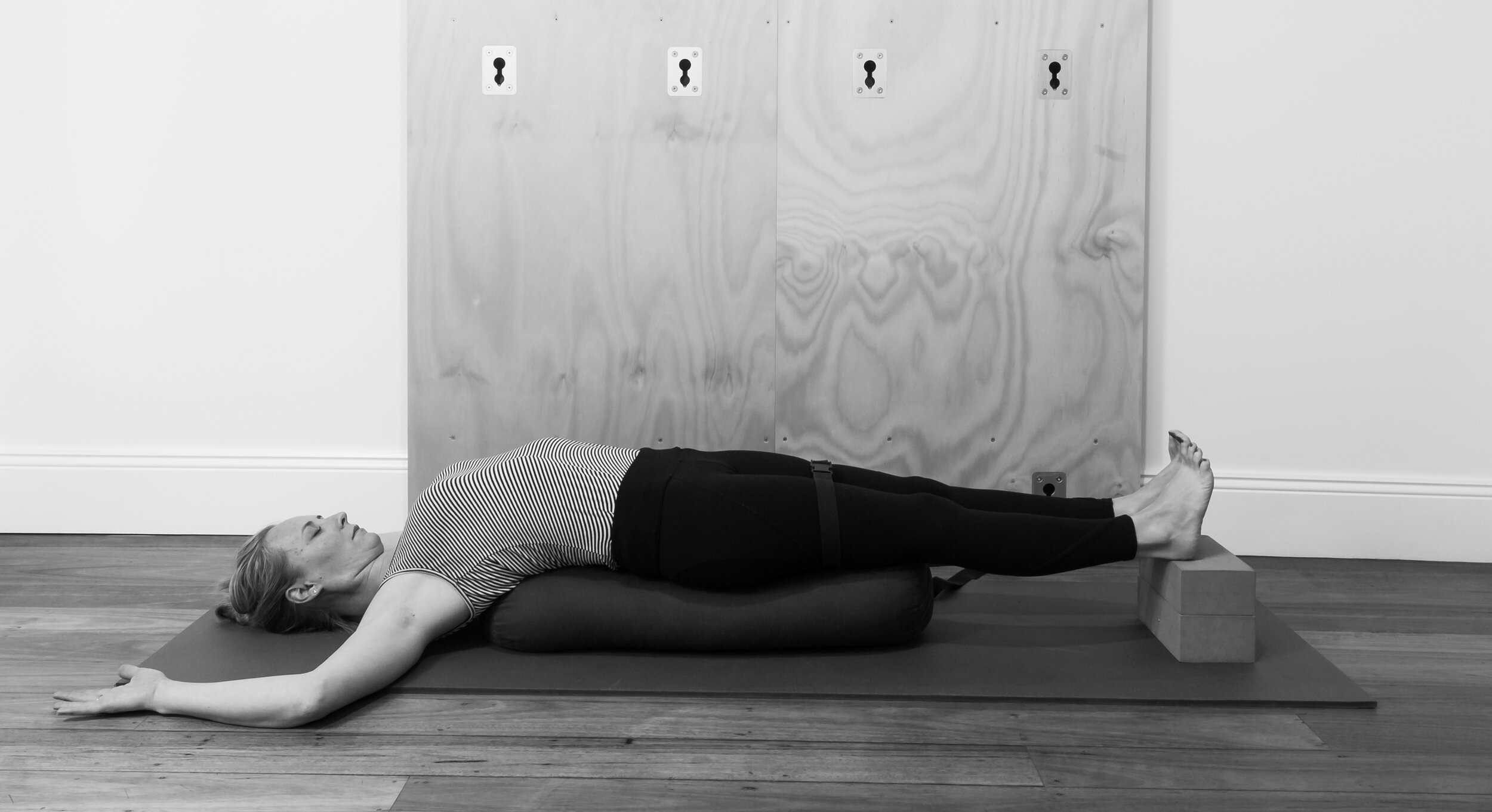
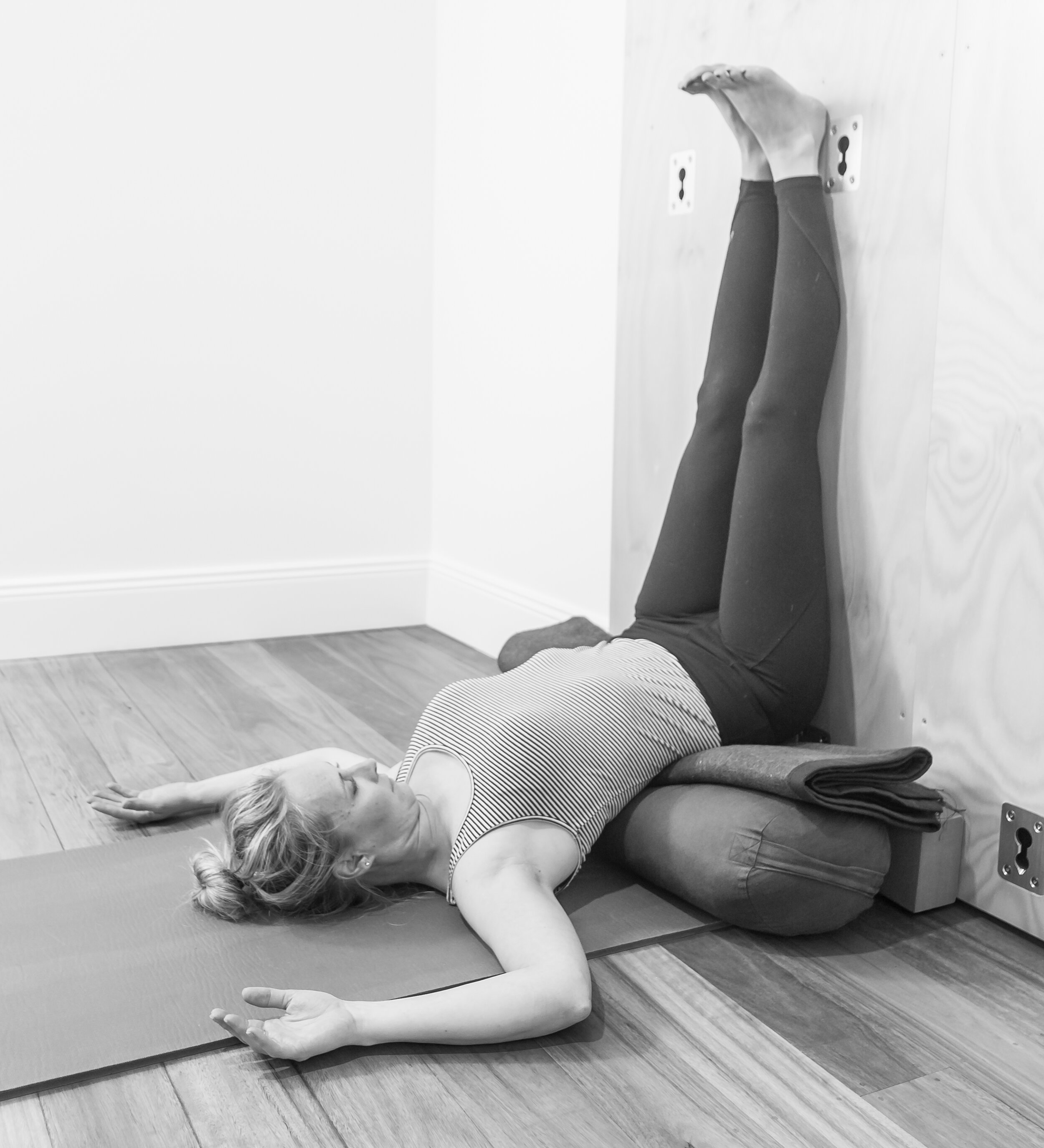
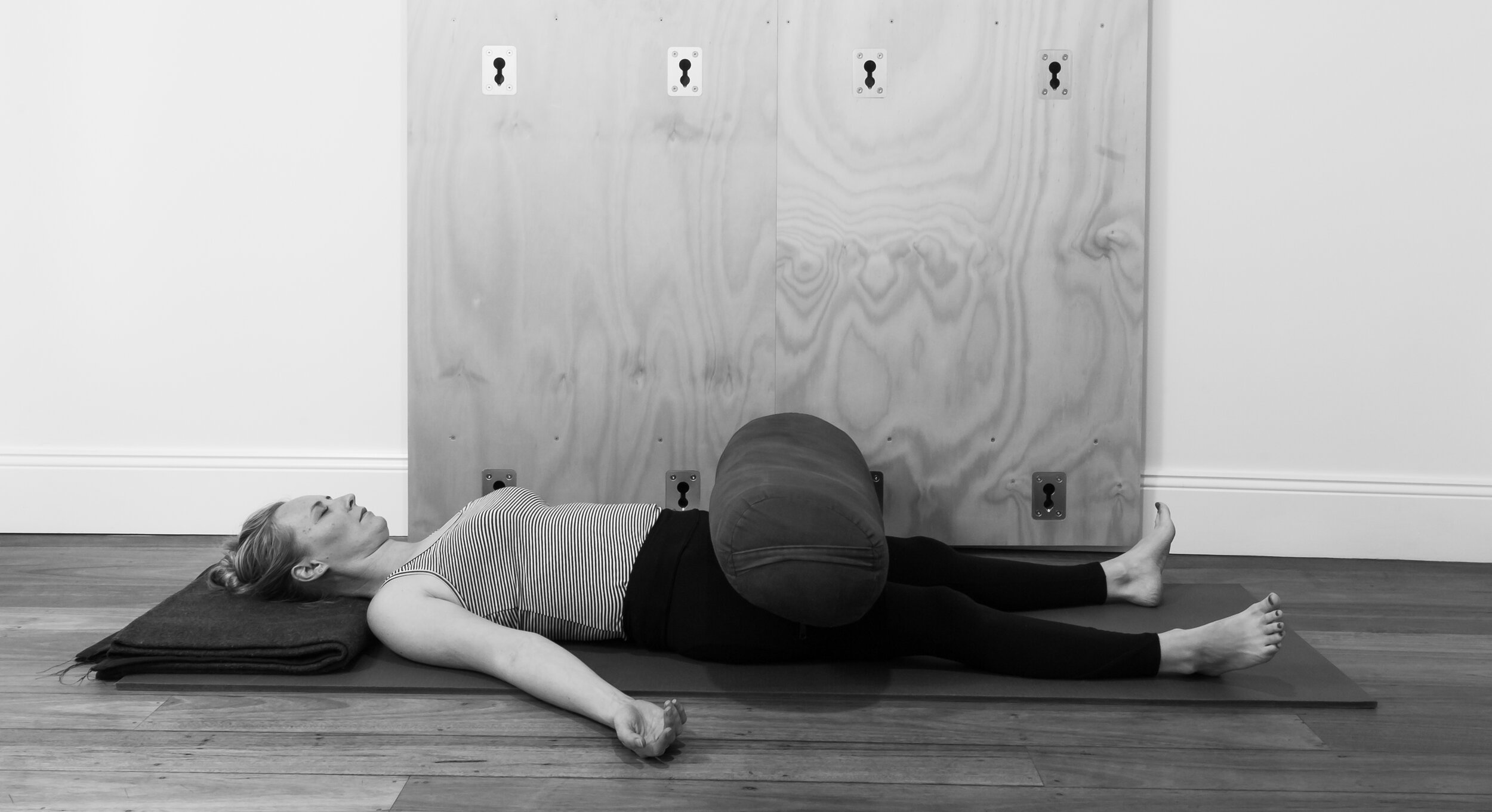
1. Supta Virasana
Spine for bolster, belt for legs, knees together or apart as required by your capacity. You could have a block between inner thighs, these variations depend on your range of experience, your range of ability etc. Variation included using bolster behind knees, chair for spinal support
2. Adho Mukha Virasana
Forearms on vertical blocks, and block support for head.
3. Paryankasana
Variation 1 : Vertical block placed along the spine and the bottom of the thoracic spine, a second vertical block for the back of the head.
4. Adho Mukha Svanasana
Belt for the arms, forehead to block, with curvature of the cervical spine
5. Supta Urdhva Hastasana
Block under shoulder blades and belt around elbows, other block between hands.
6. Ardha Adho Mukha Vrksasana
Feet to wall, belt for arms for extra support to remain in the asana for longer, but always according to one’s capacity to be in the asana with the degree of calmness. This is required to experience some mild stimulation to the energetic system accompanied by stability of the mind and emotions.
7. Viparita Dandasana
Chair, arms over the head holding the cross bar between back legs.
8. Sirsasana
Do not do freely if beyond your capacity. Do the alternative in next slide.
9. Sirsasana variation
If you cannot do Sirsasana freely. Use 2 or 3 blocks according to height, head not touching floor. Either keep feet on floor, or to chair or take legs up, depending on capacity.
10. Paschimottanasana
Bolster across shins, to rest the forehead and elbows. 5-10 min.
Or sit on height and use chair, depending on capacity.
11. Janu Sirsasana
Bolster across shins, to rest the forehead and elbows. 5 min each side.
Or sit on height and use chair, depending on capacity, like Pashimottanasana.
12. Kurmasana
Chair variation
13. Pasasana
Chair variation
14. Bharadvajasana 1
Chair variation
15. Viparita Dandasana
Chair, head support, arms over head
16. Sarvangasana
Chair with leg variations
17. Ardha Halasana
Chair, full support
18. Setubandha Sarvangasana
Bolster or blocks support variations
19. Viparita Karani
Height according to one’s own body dimensions and preferences
20. Savasana




